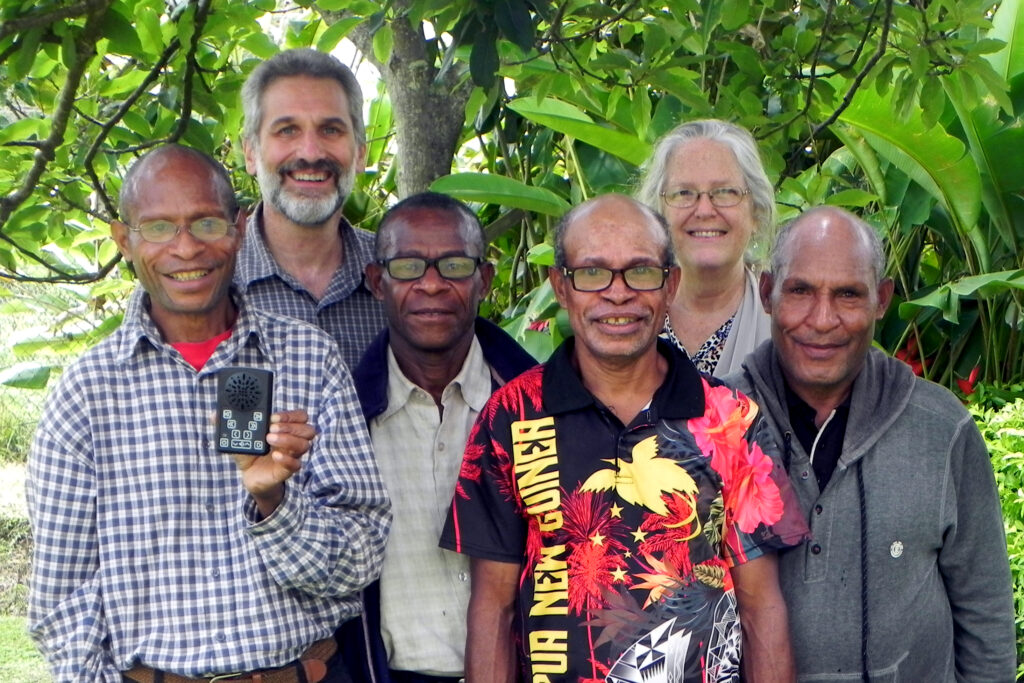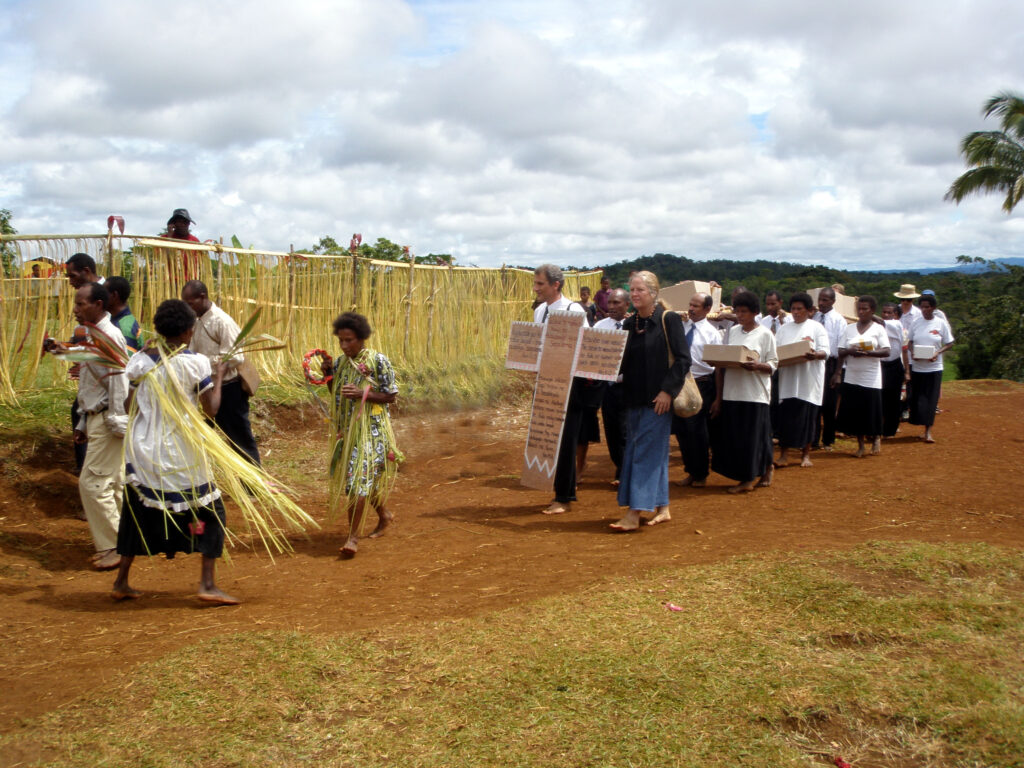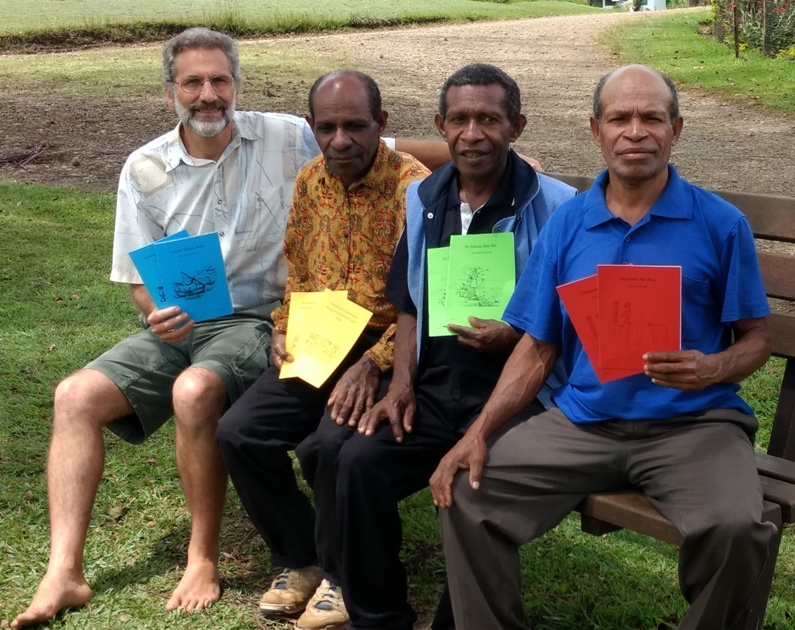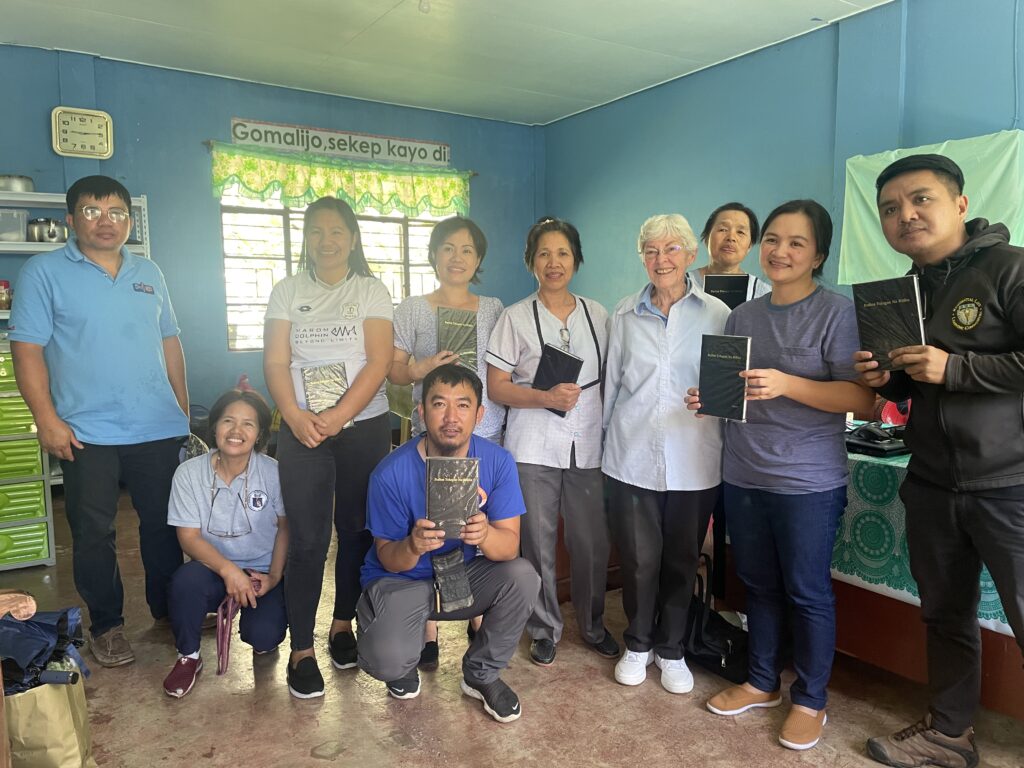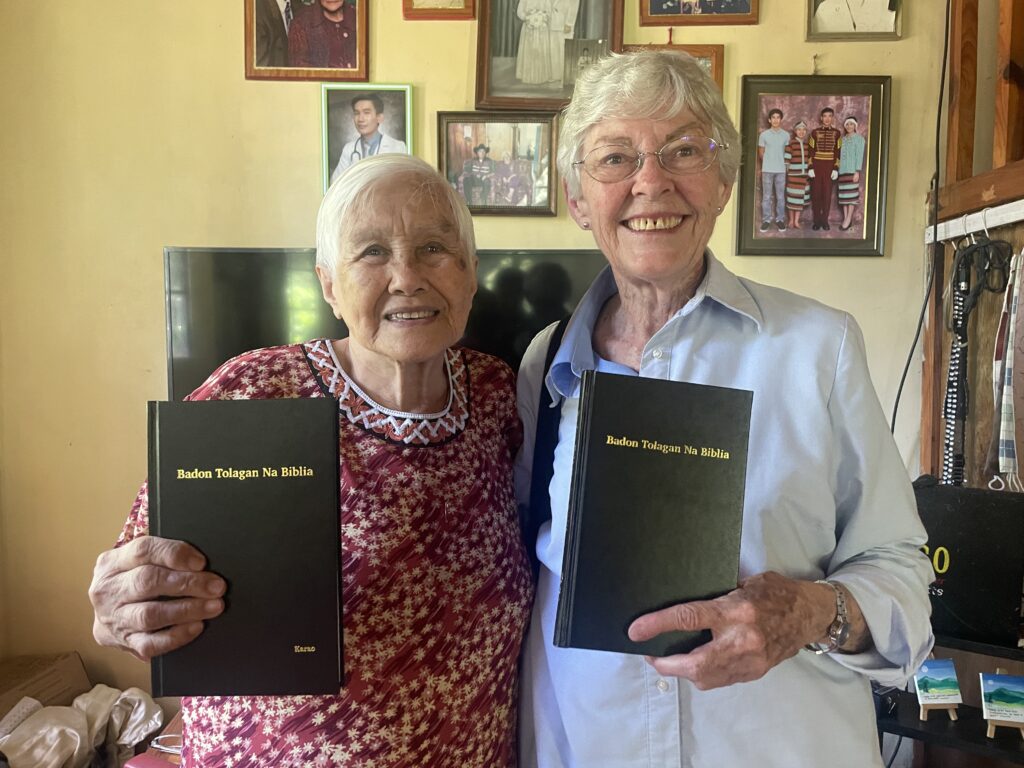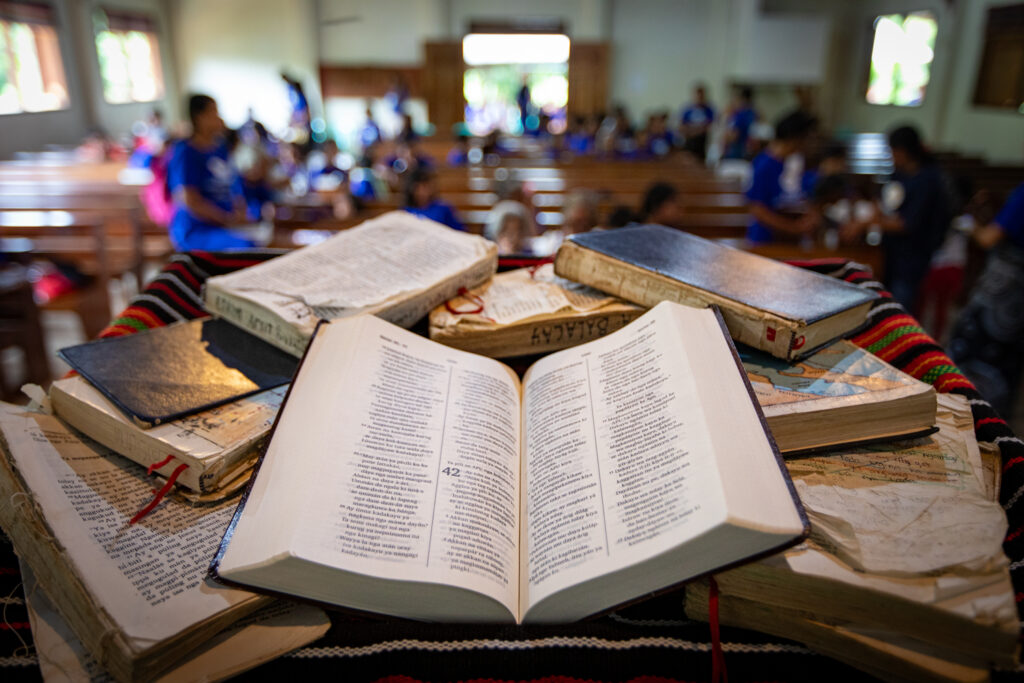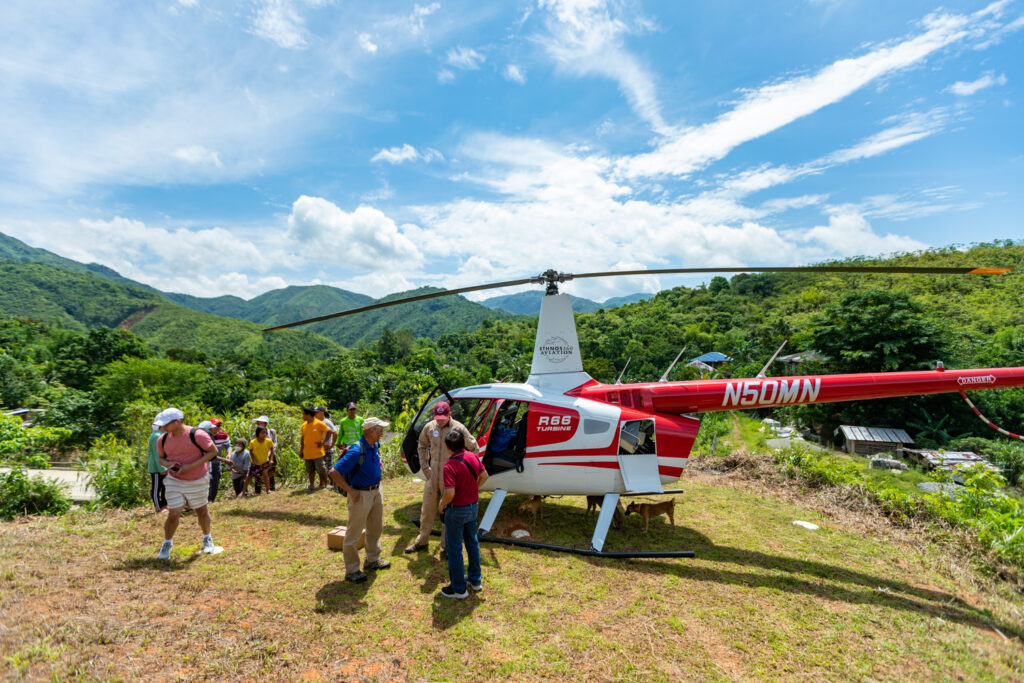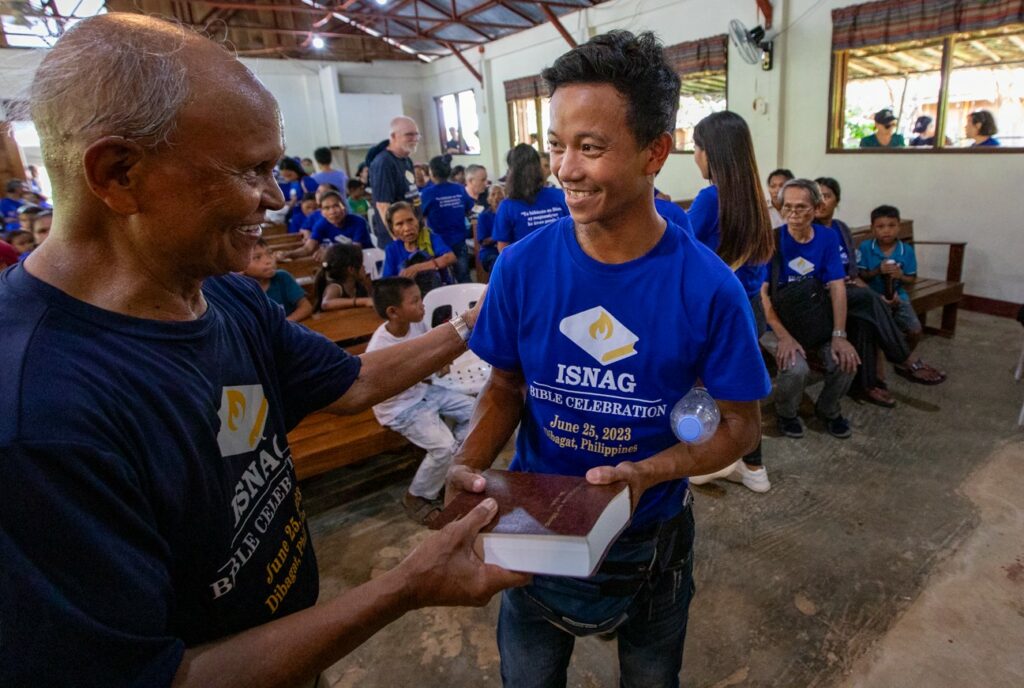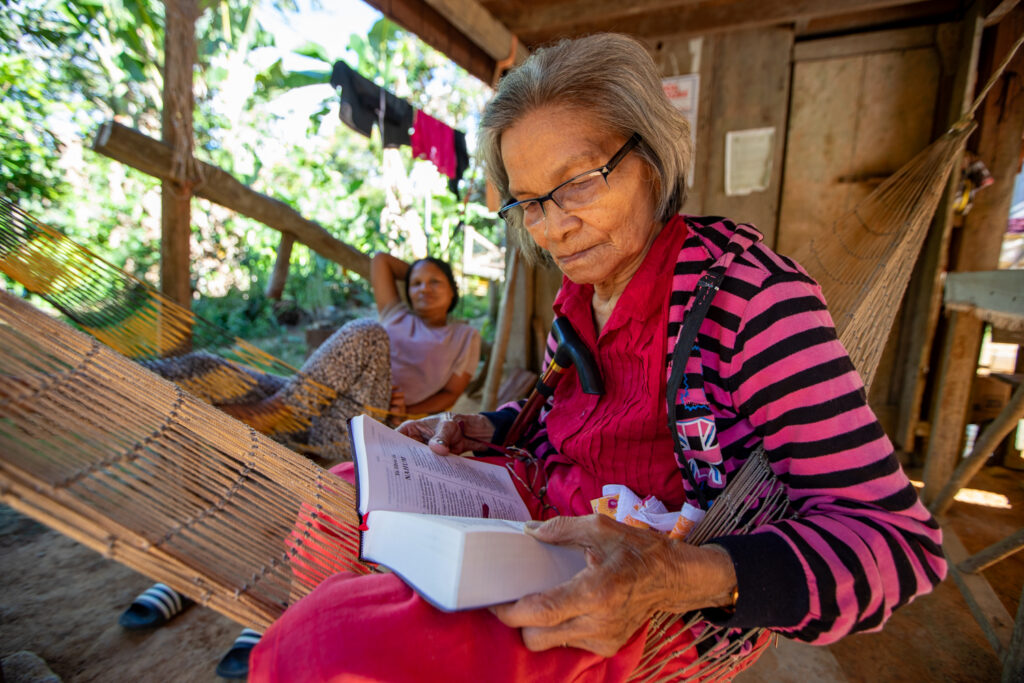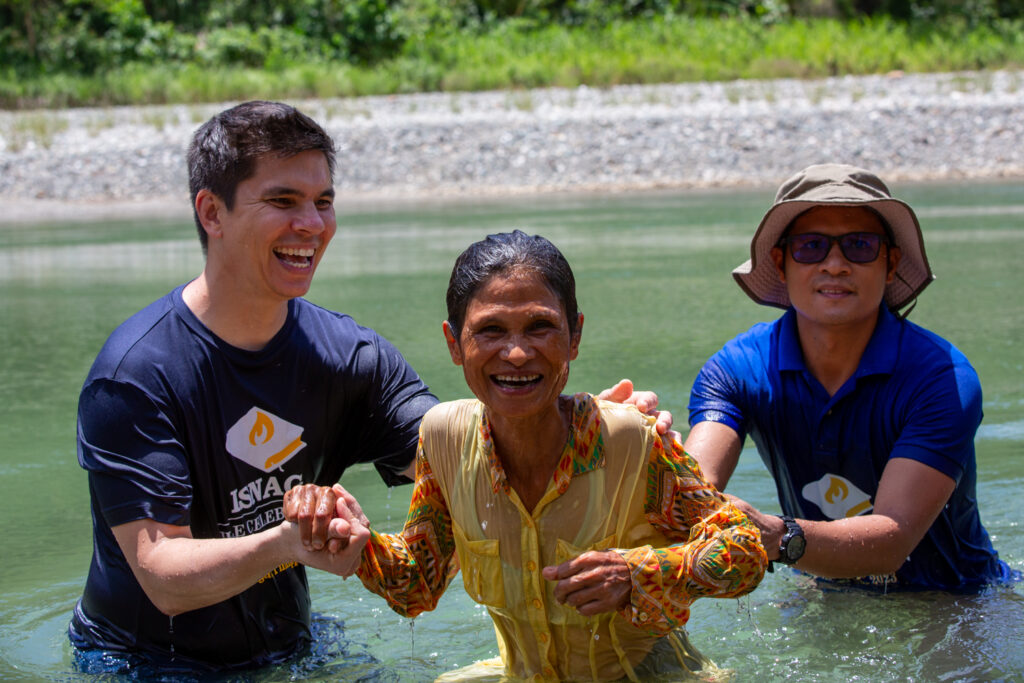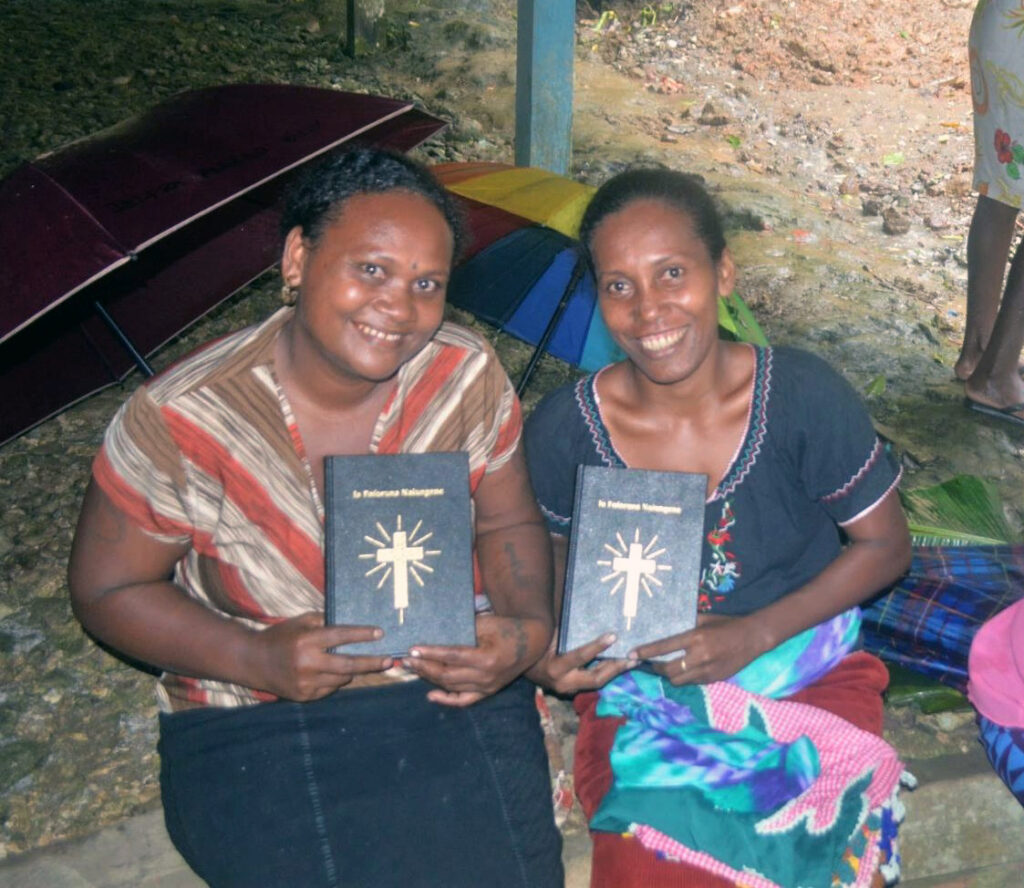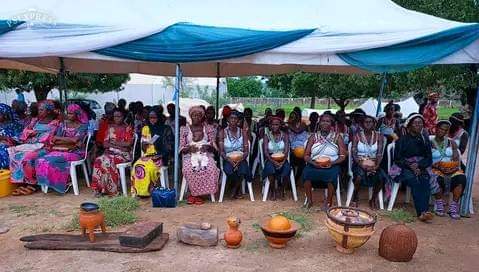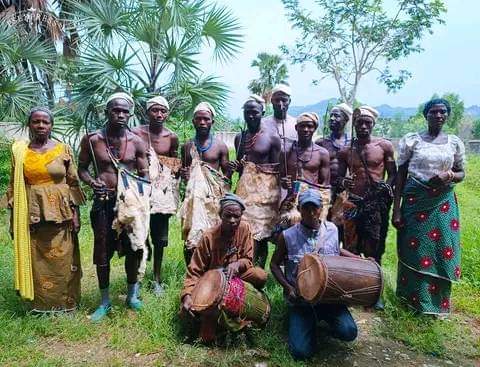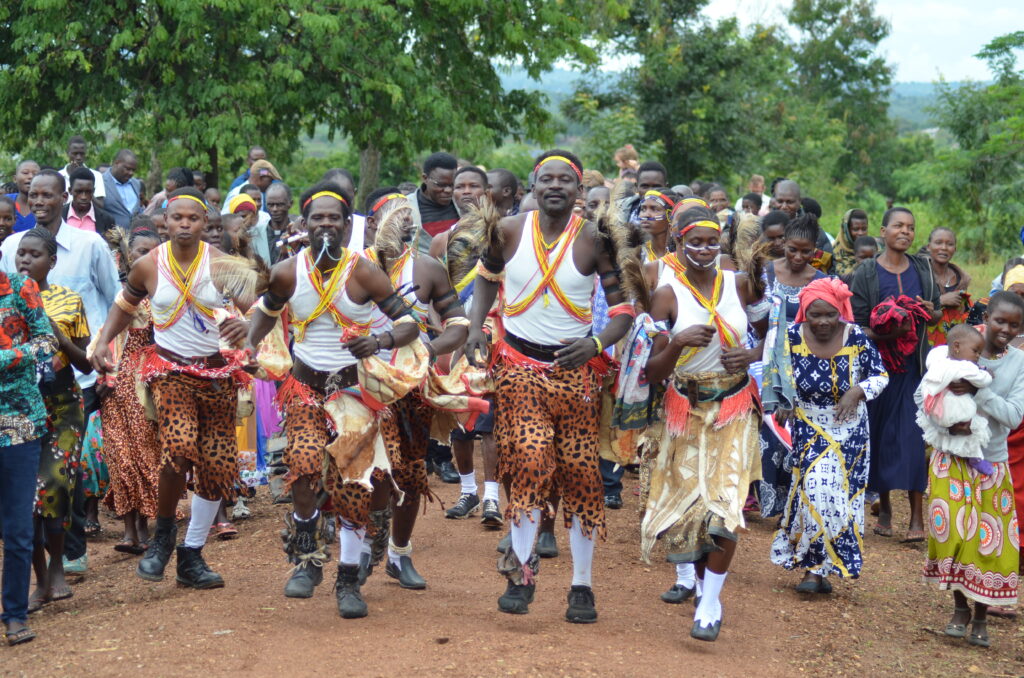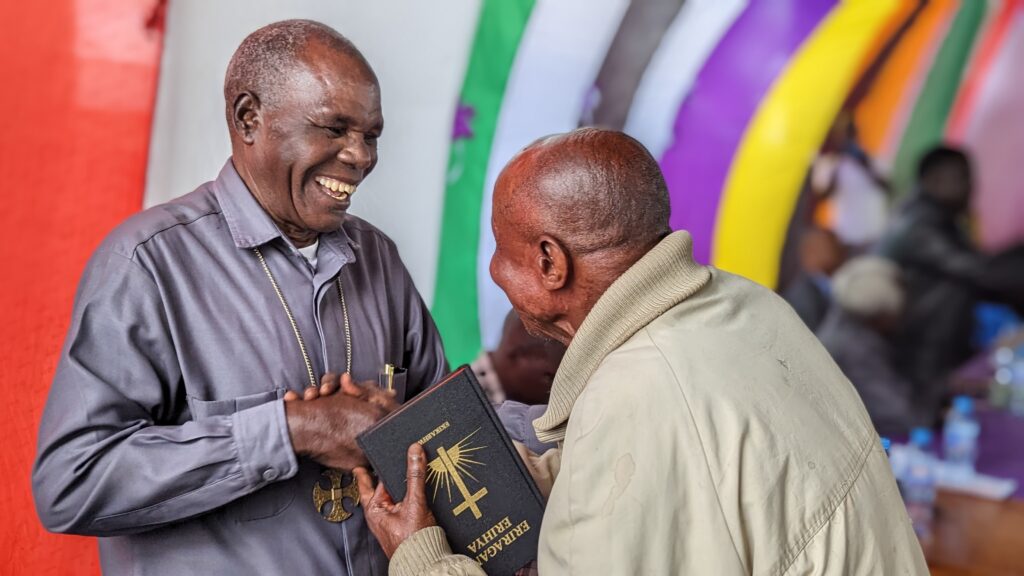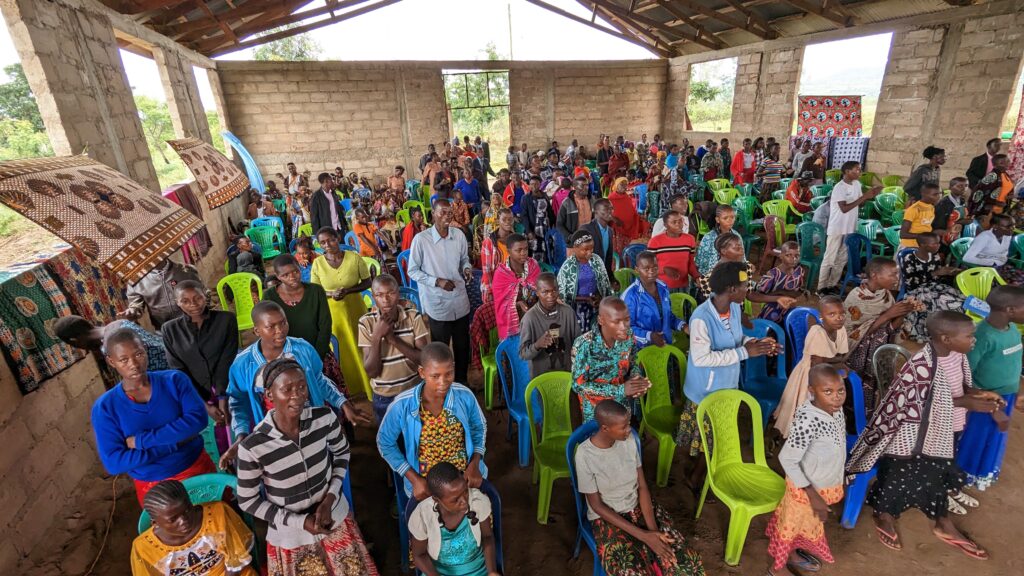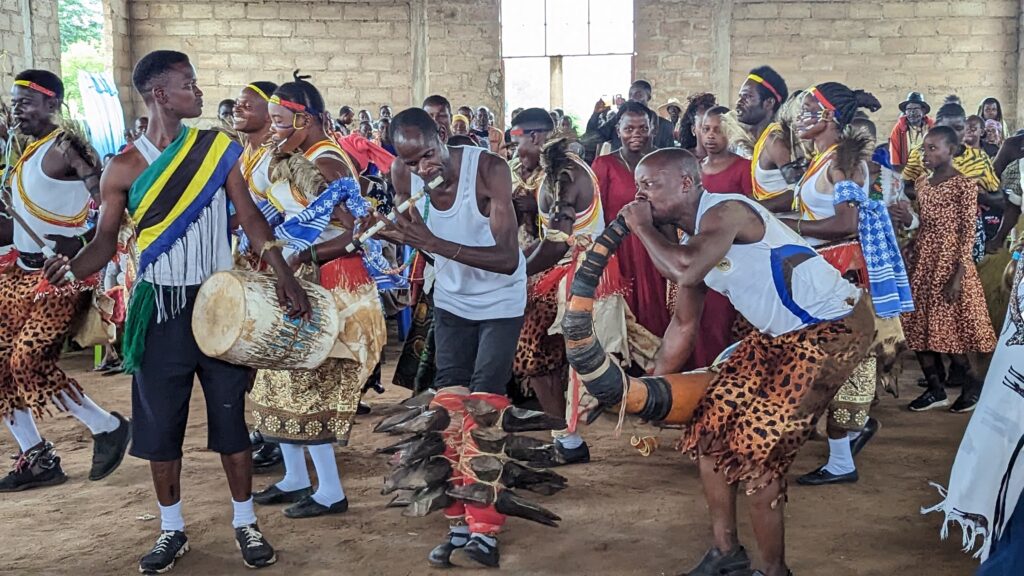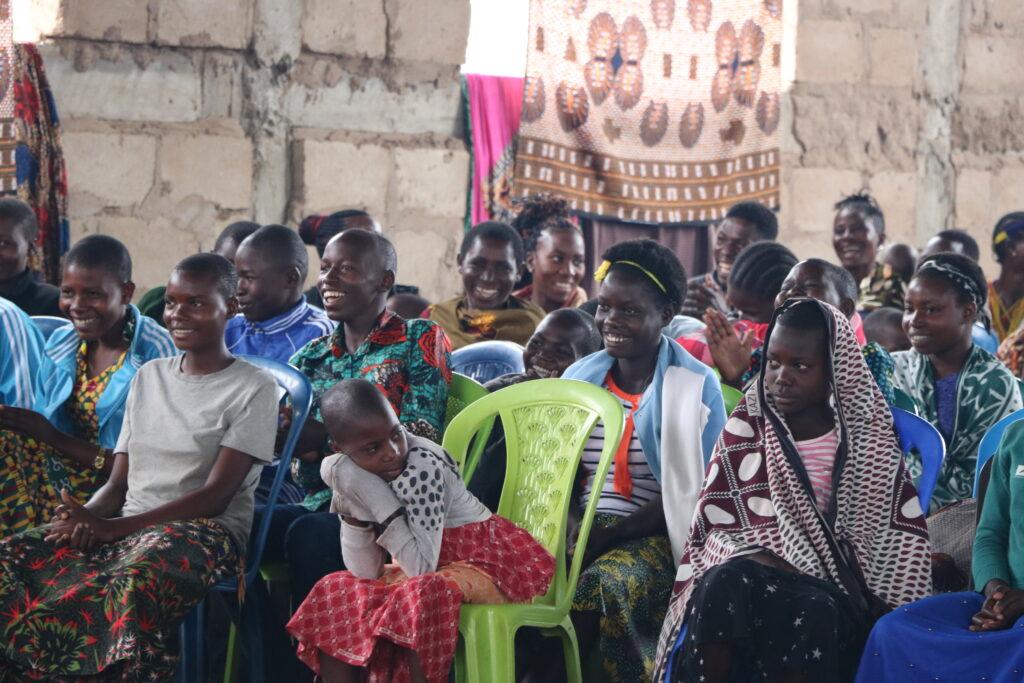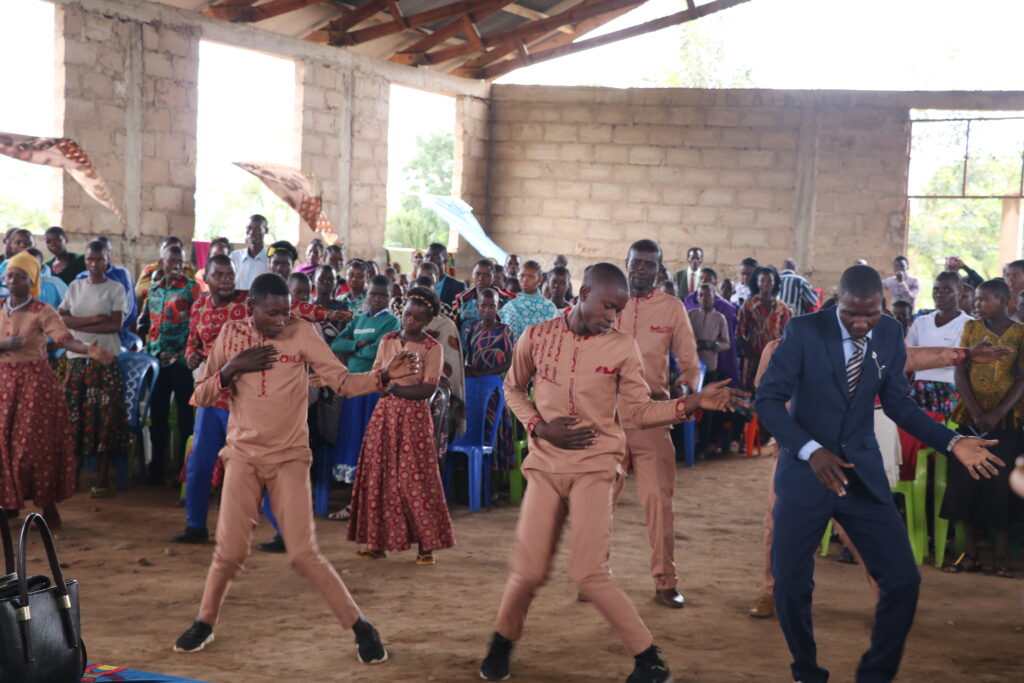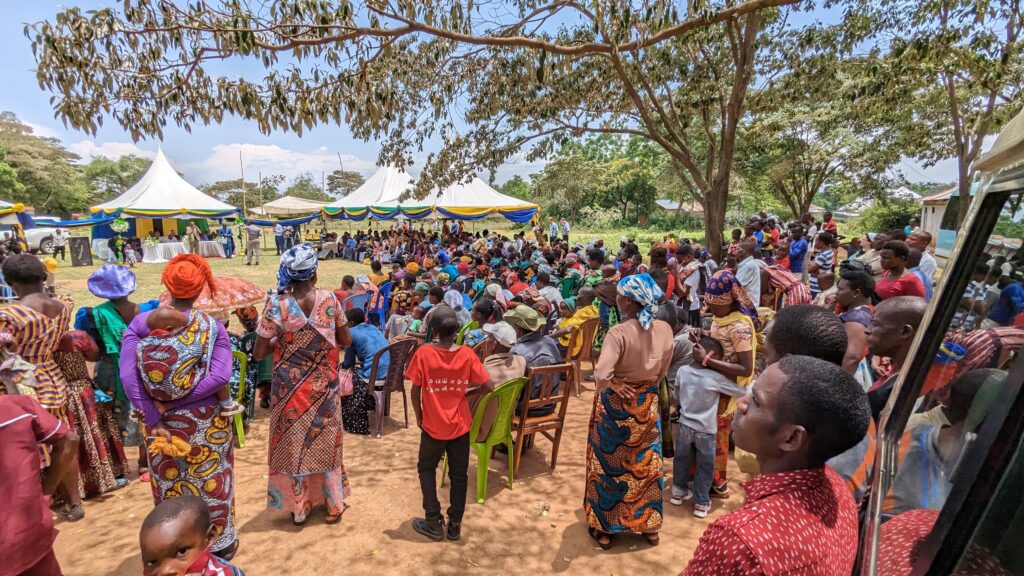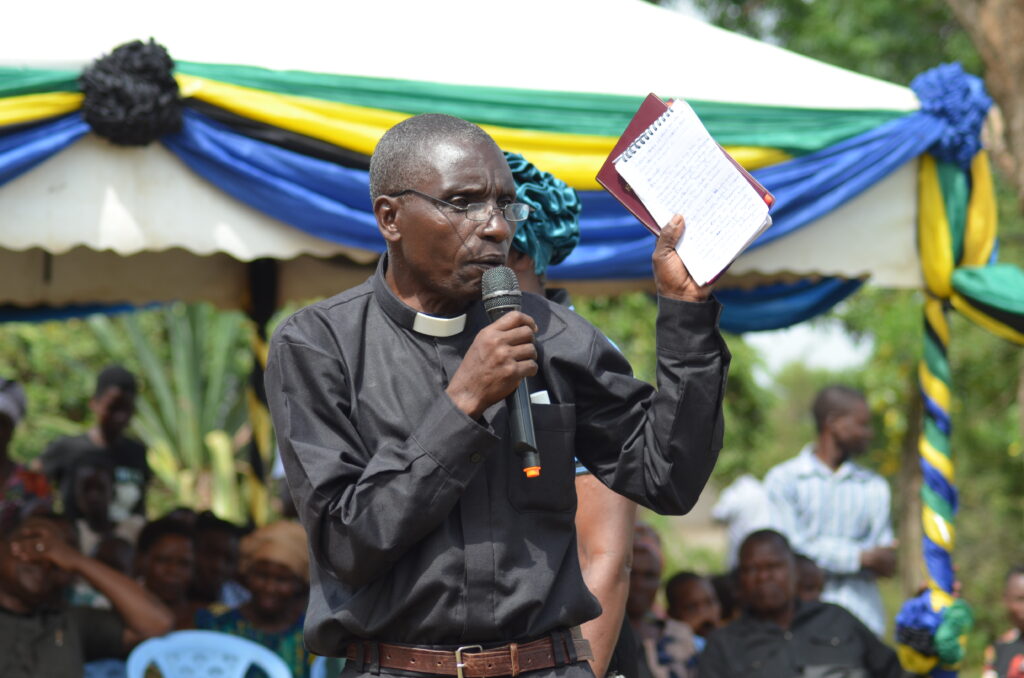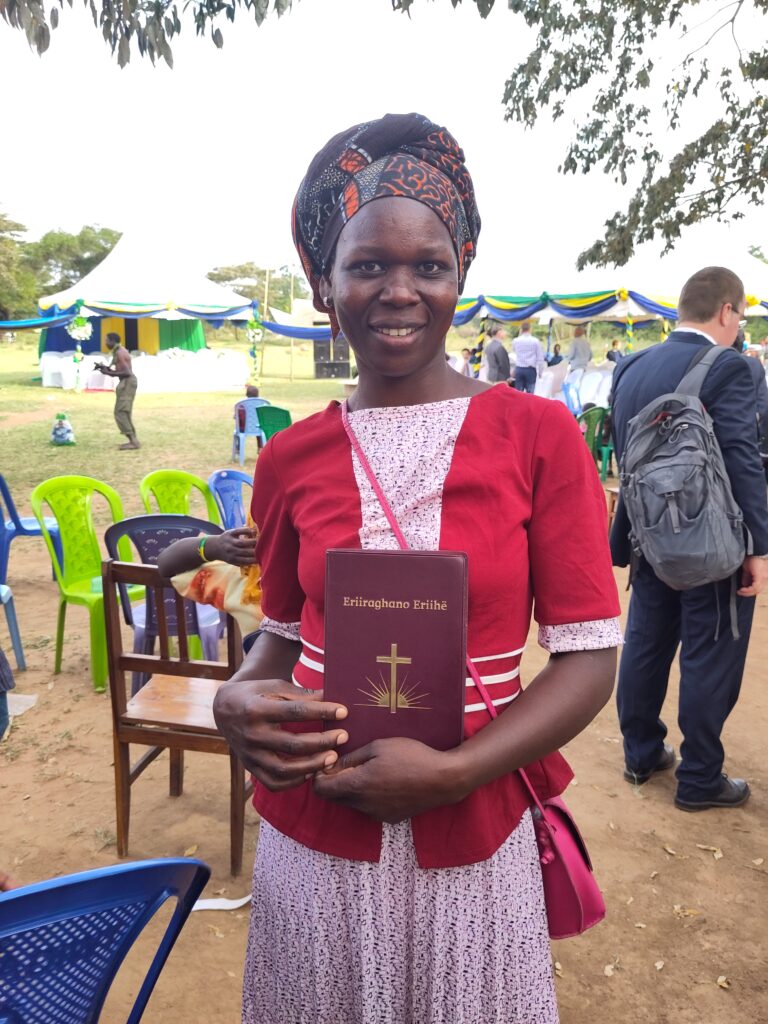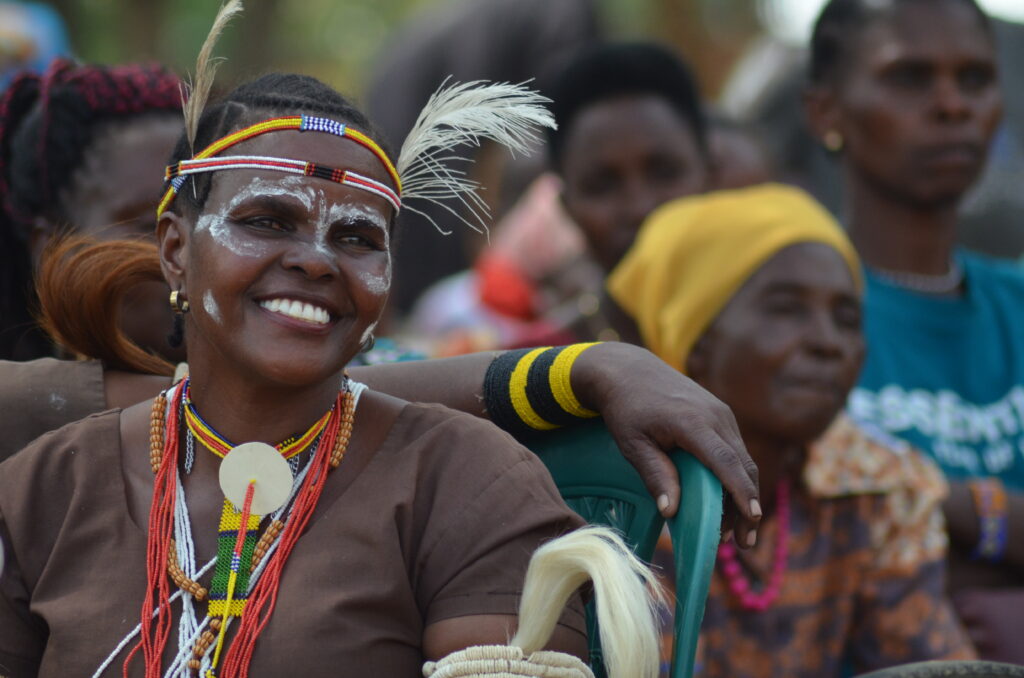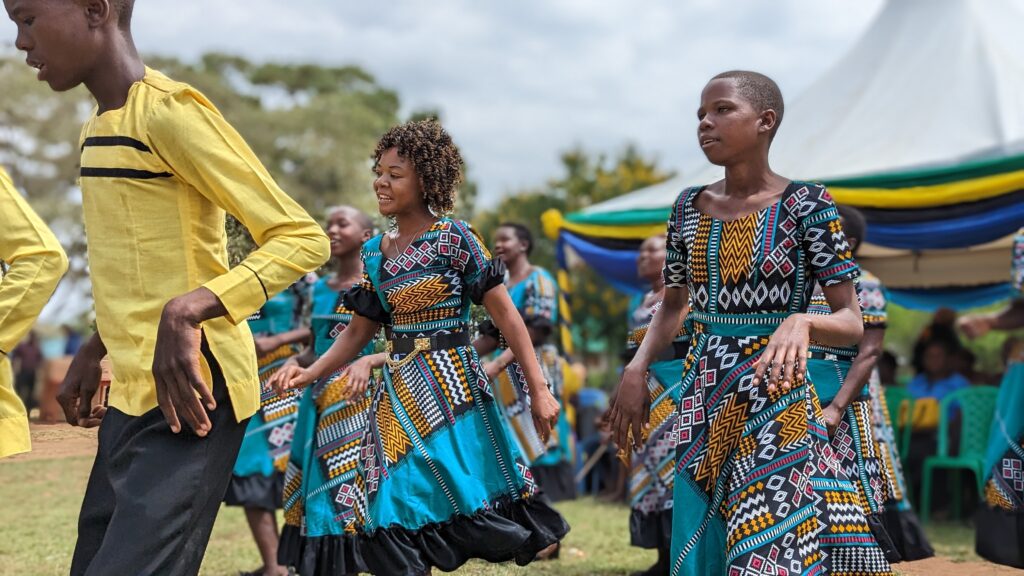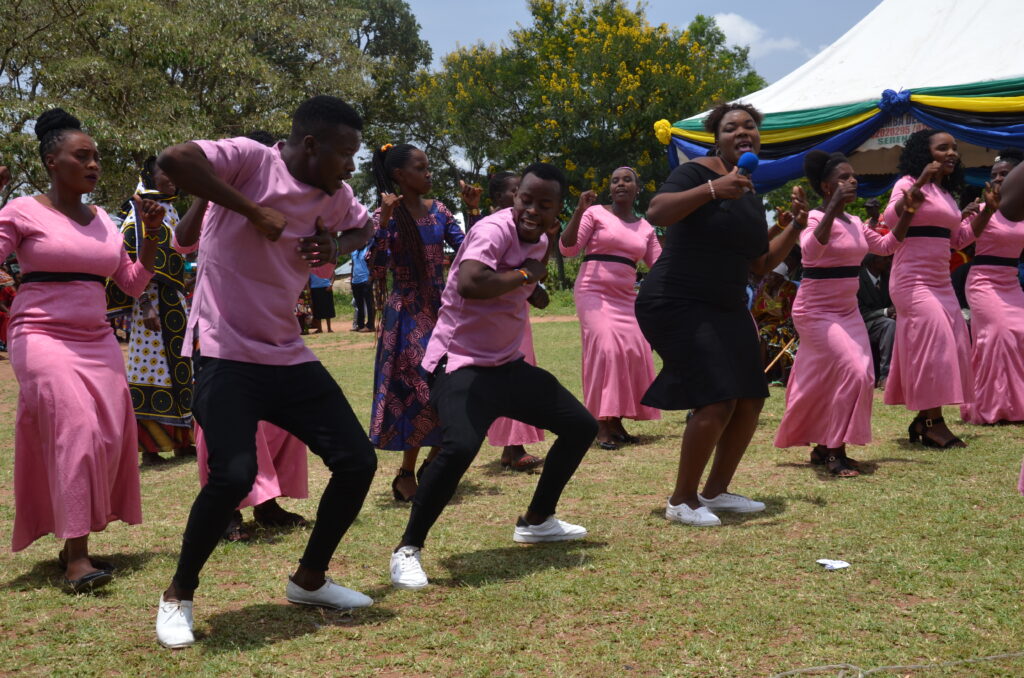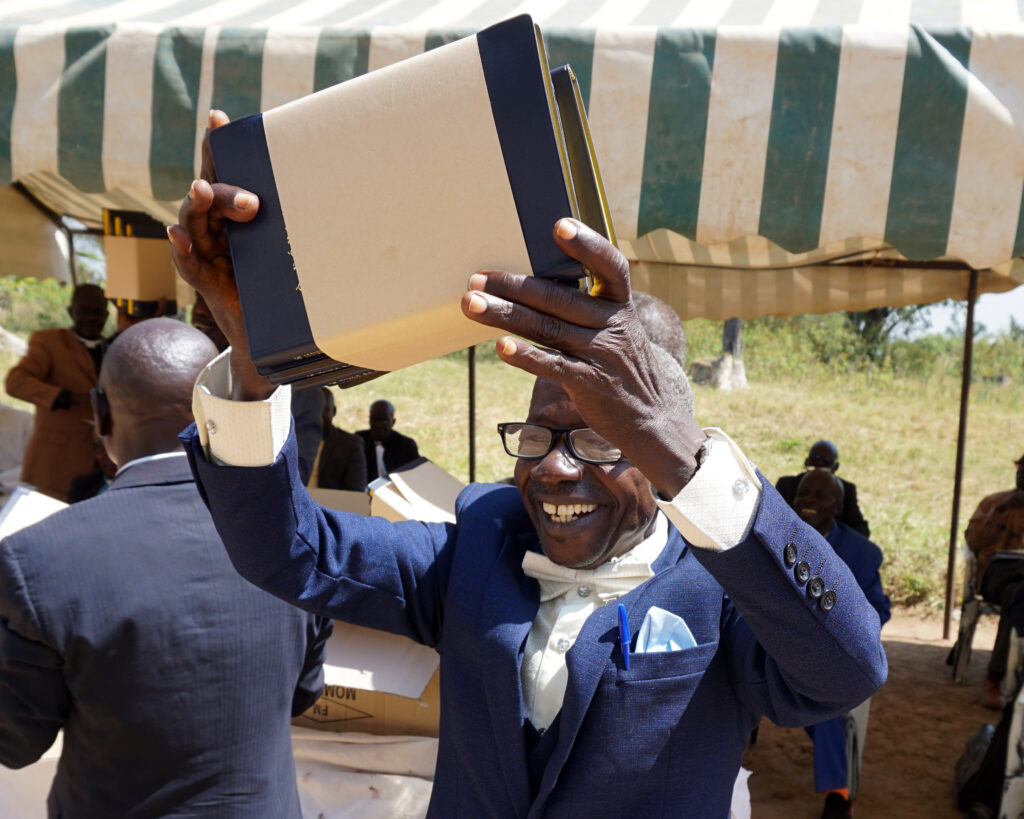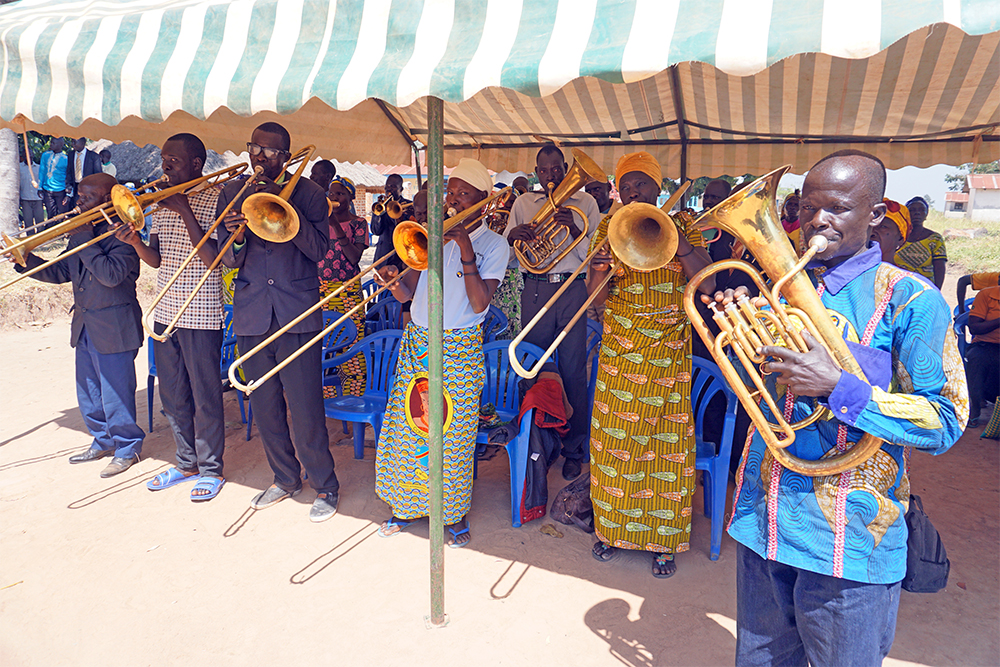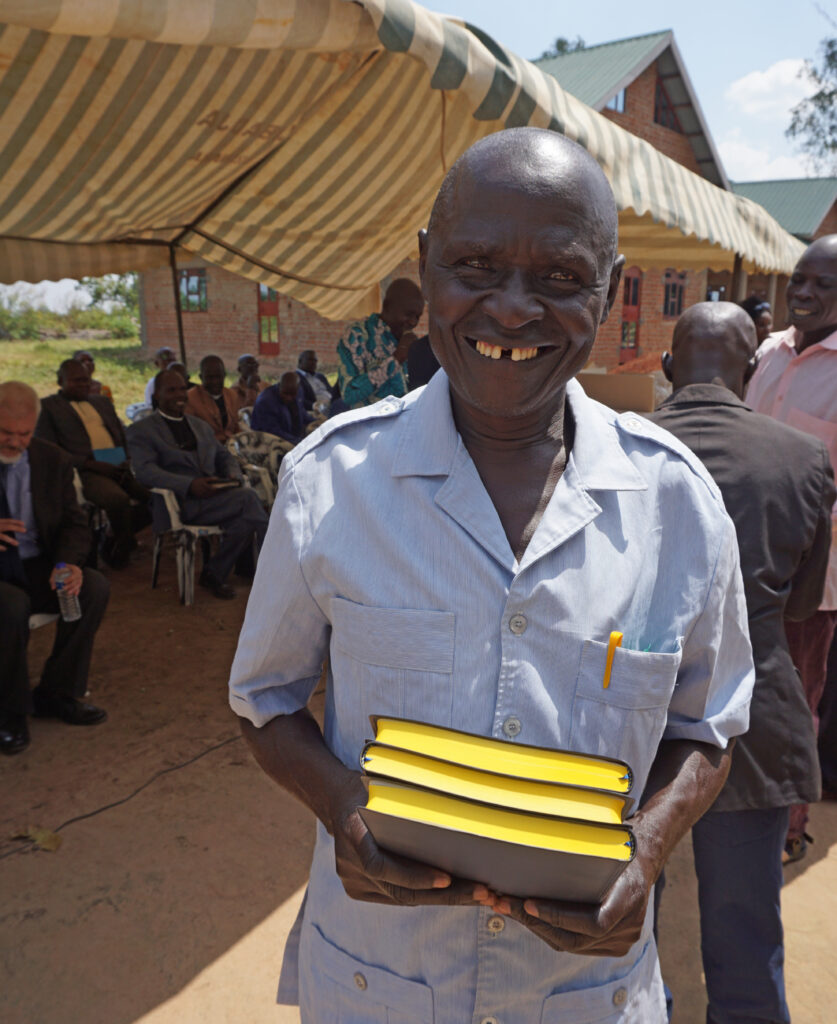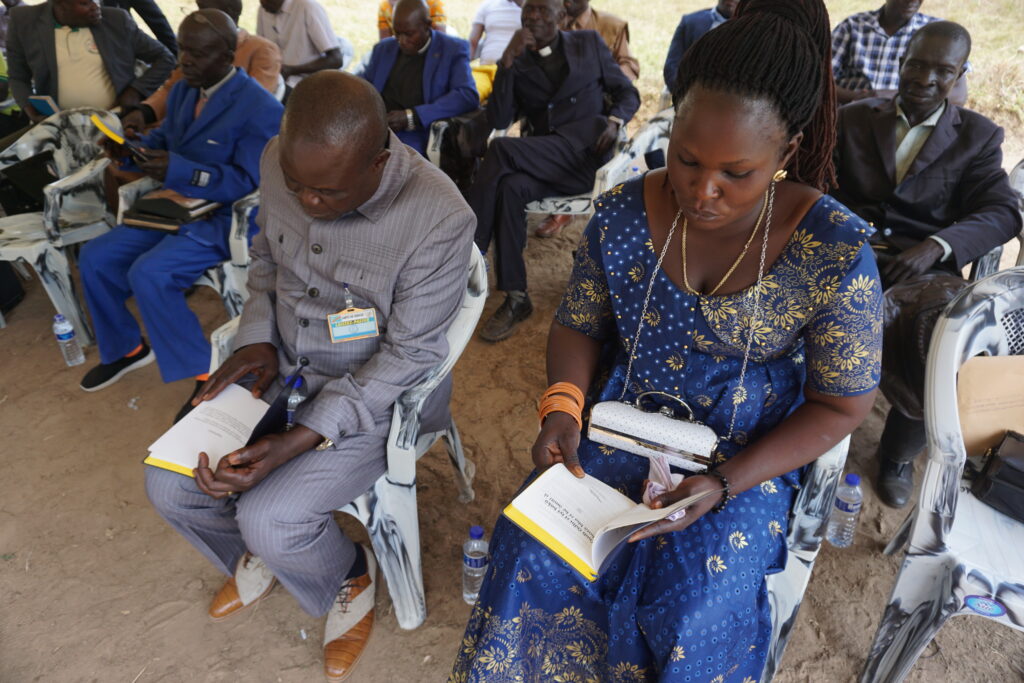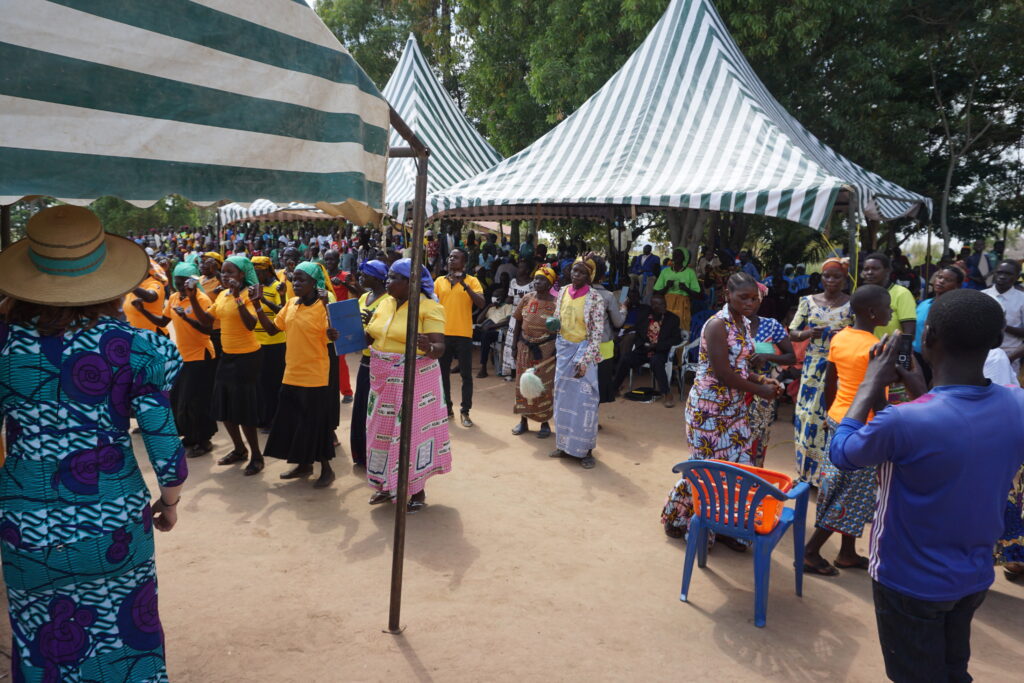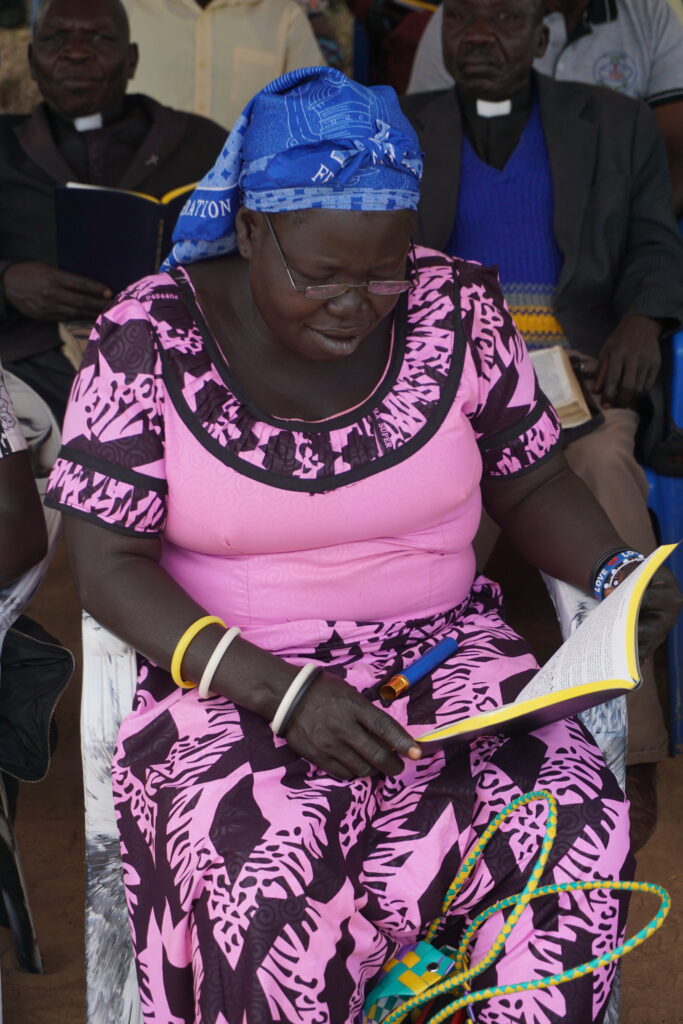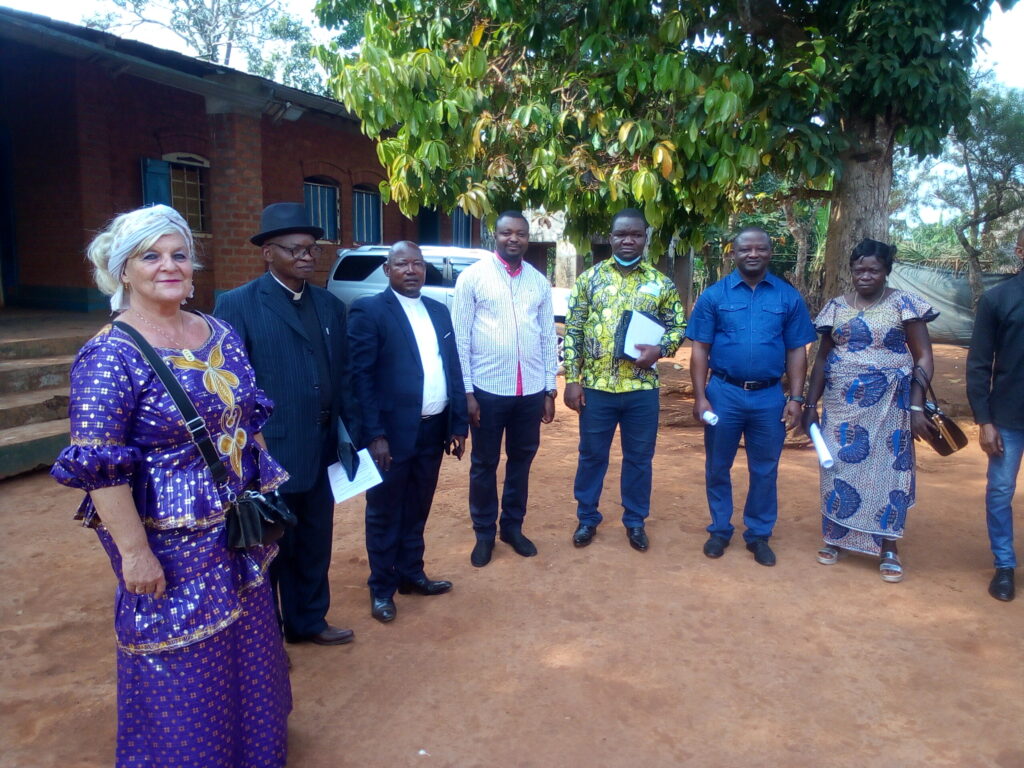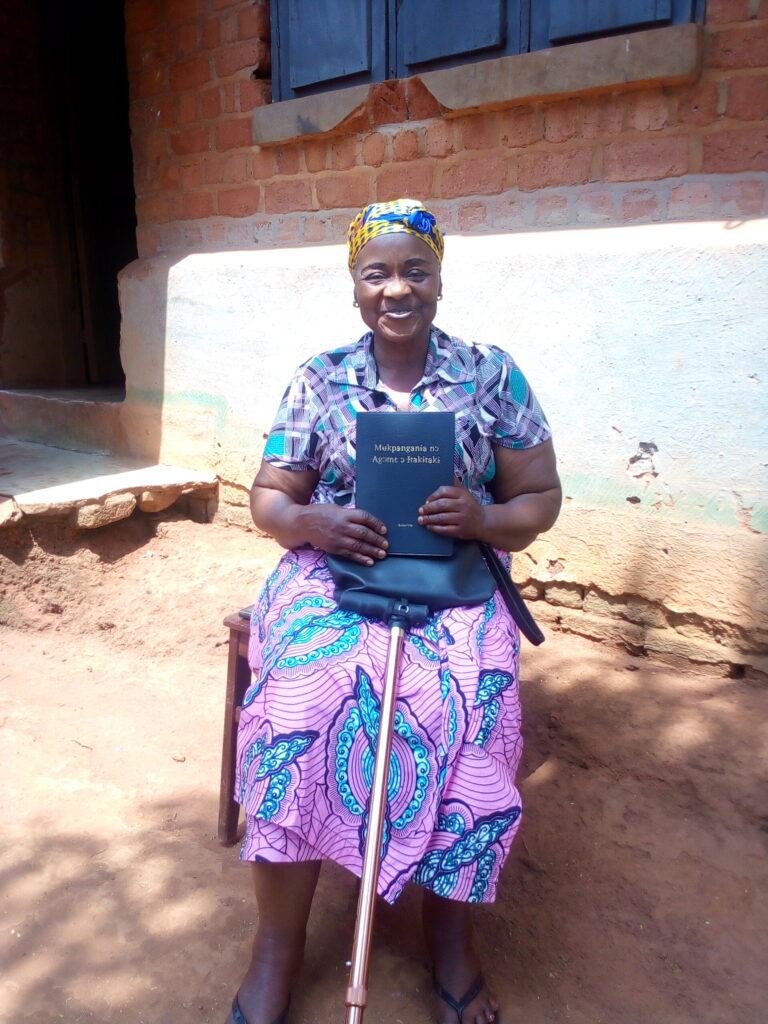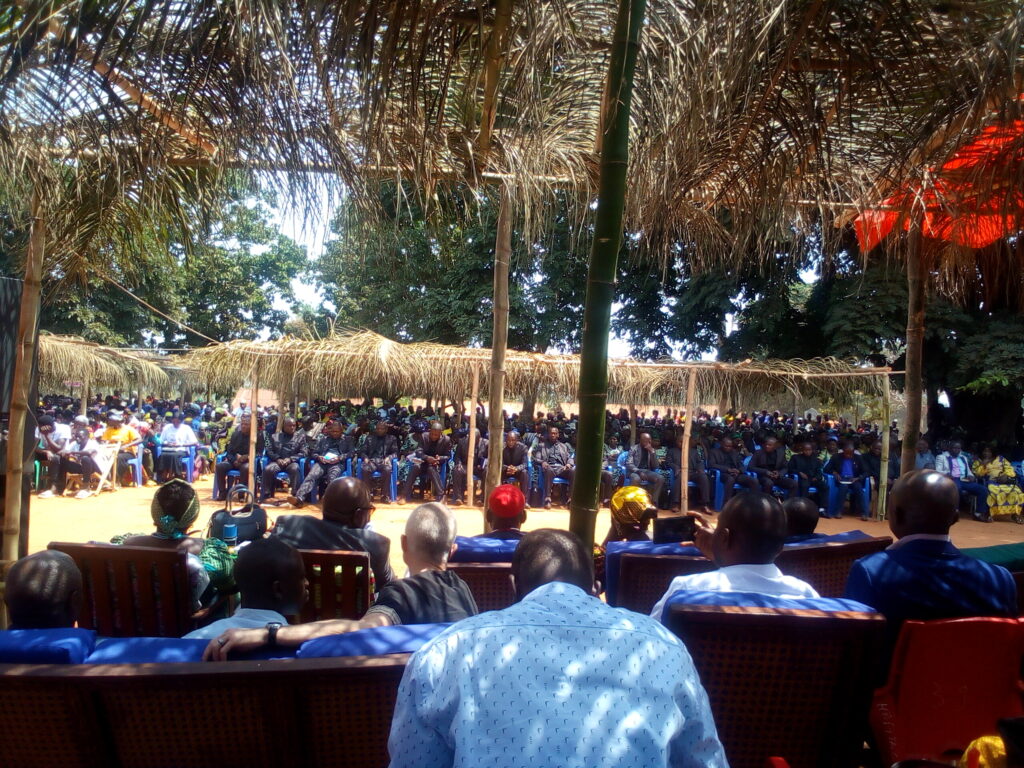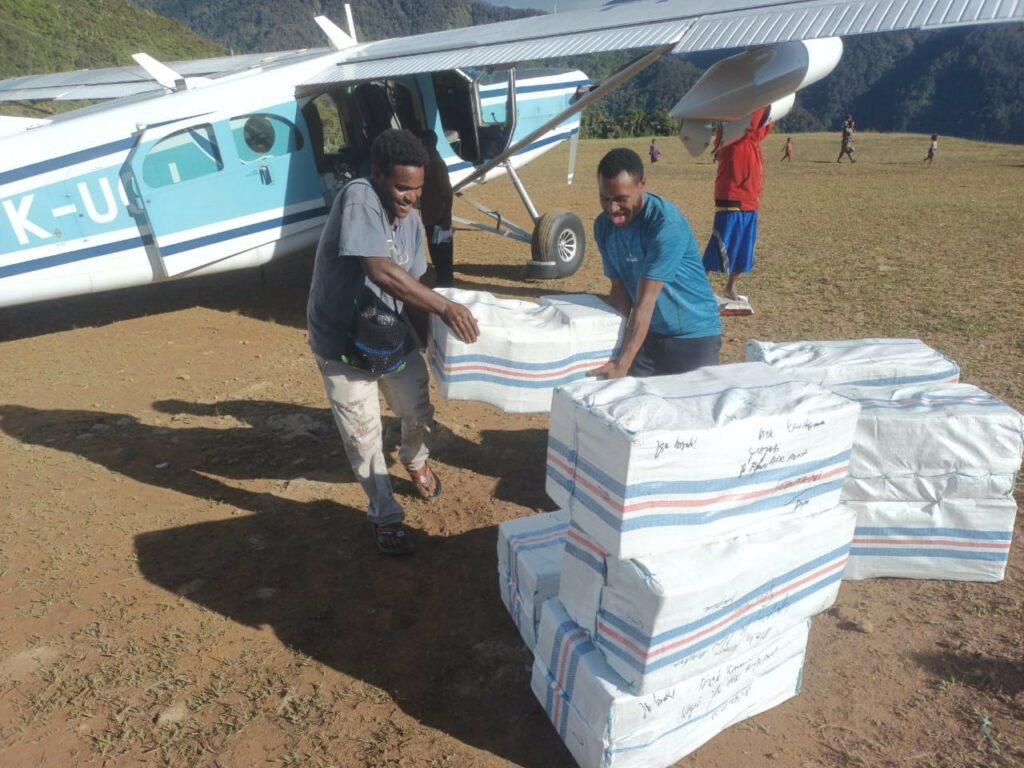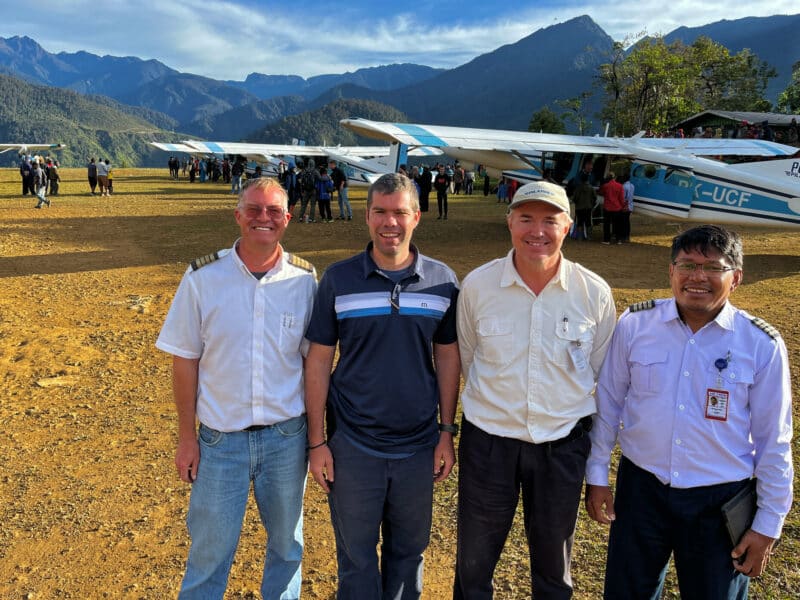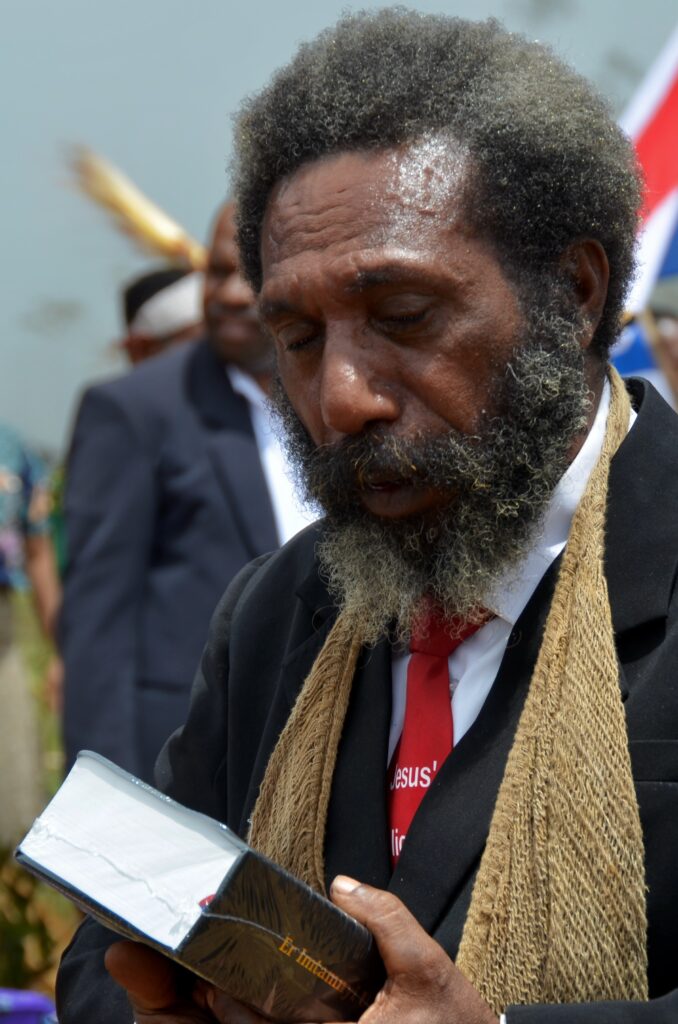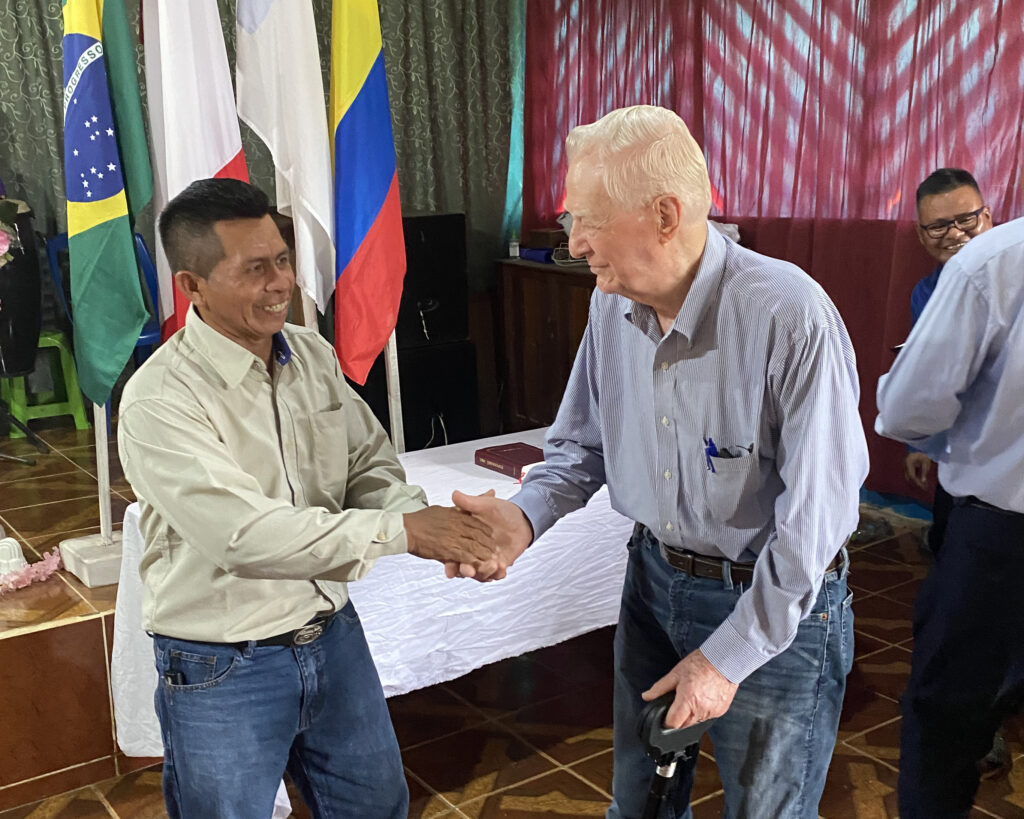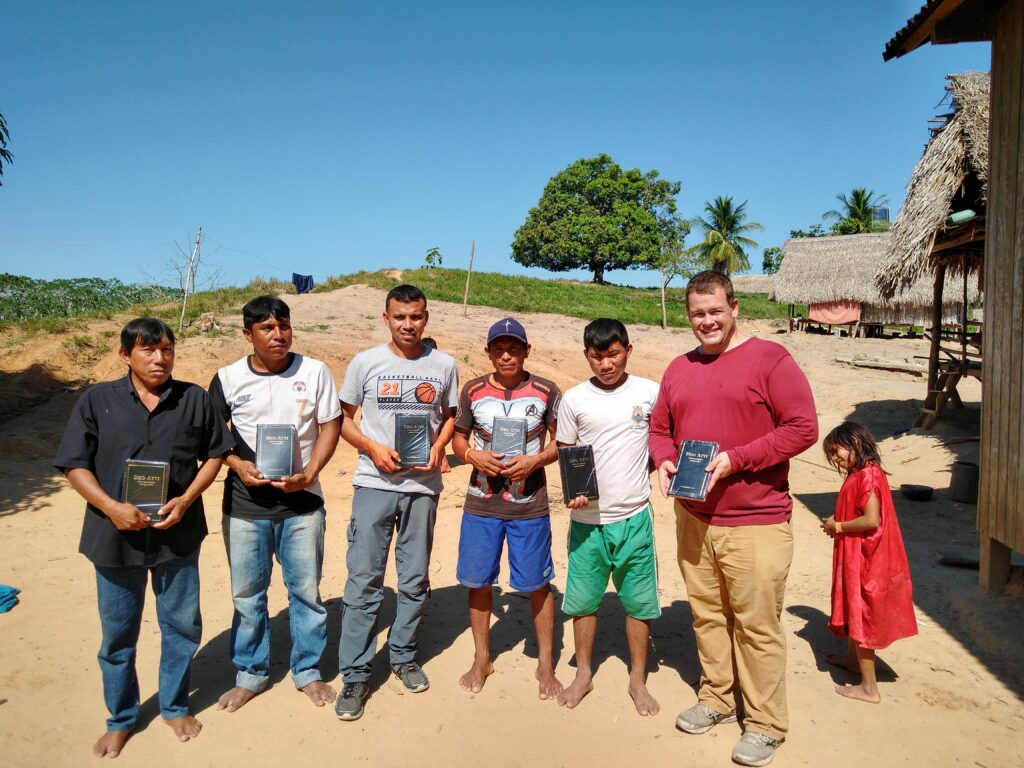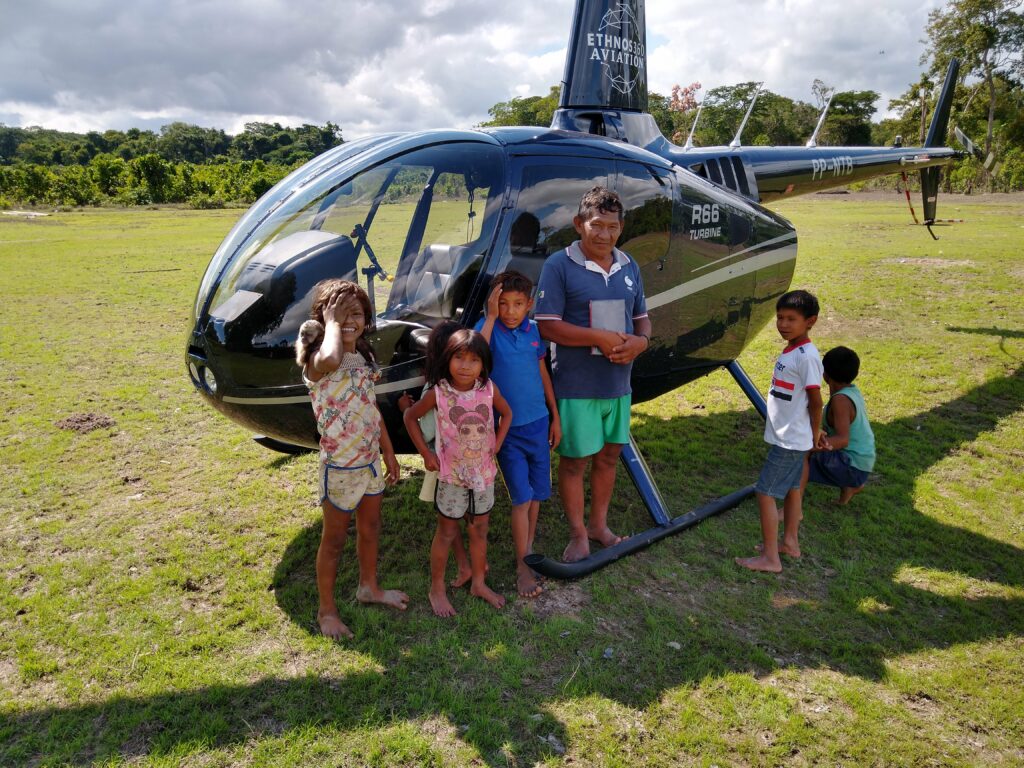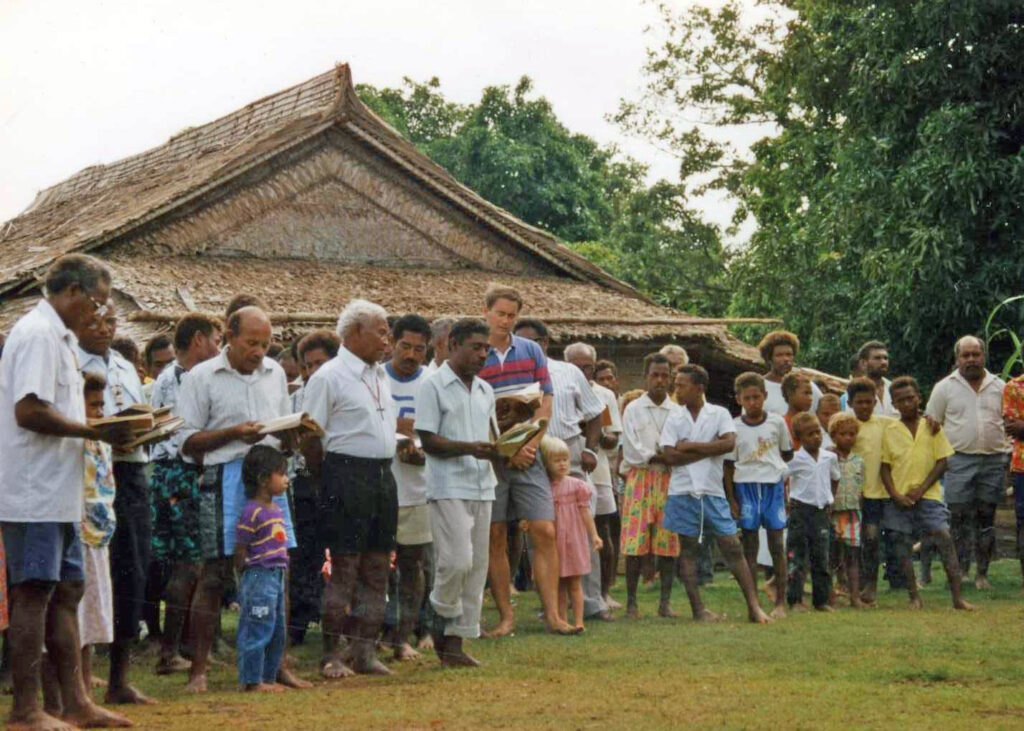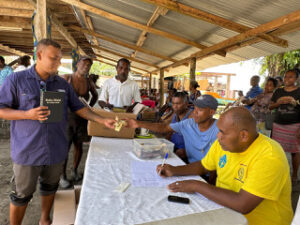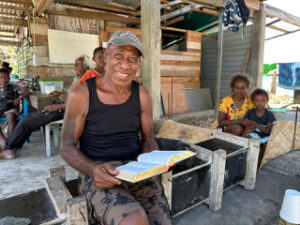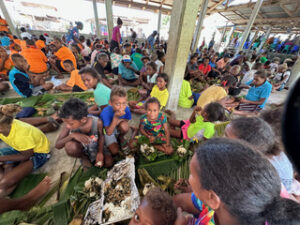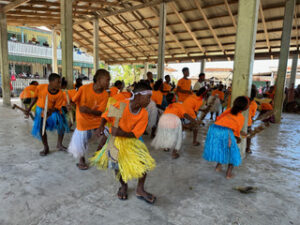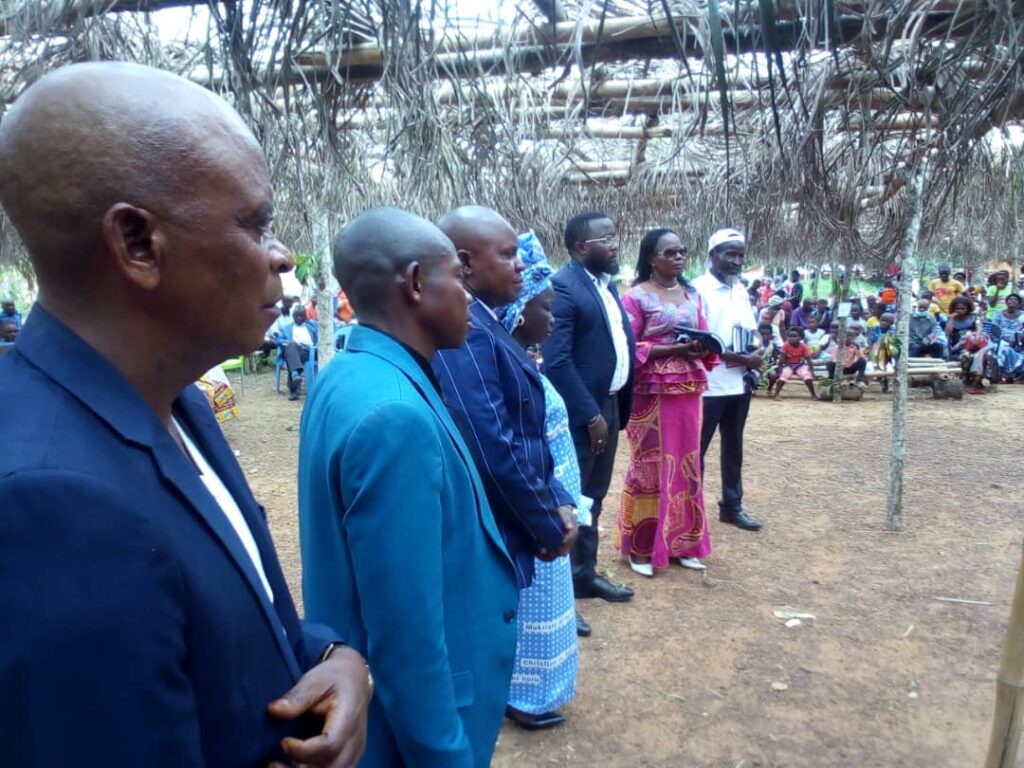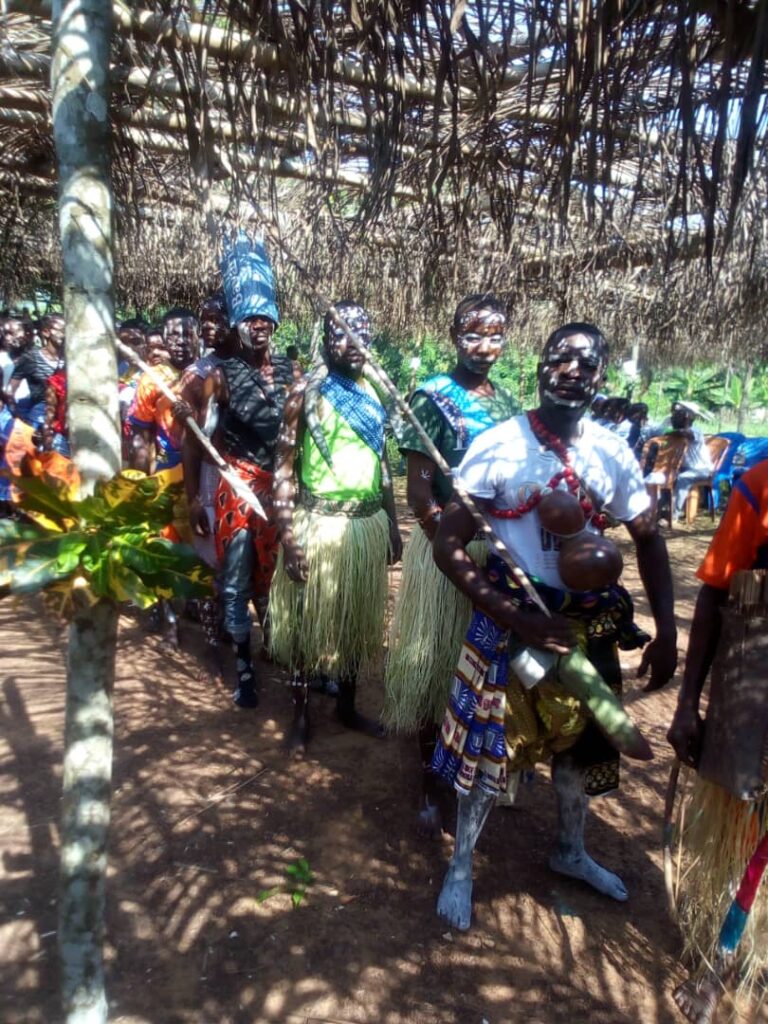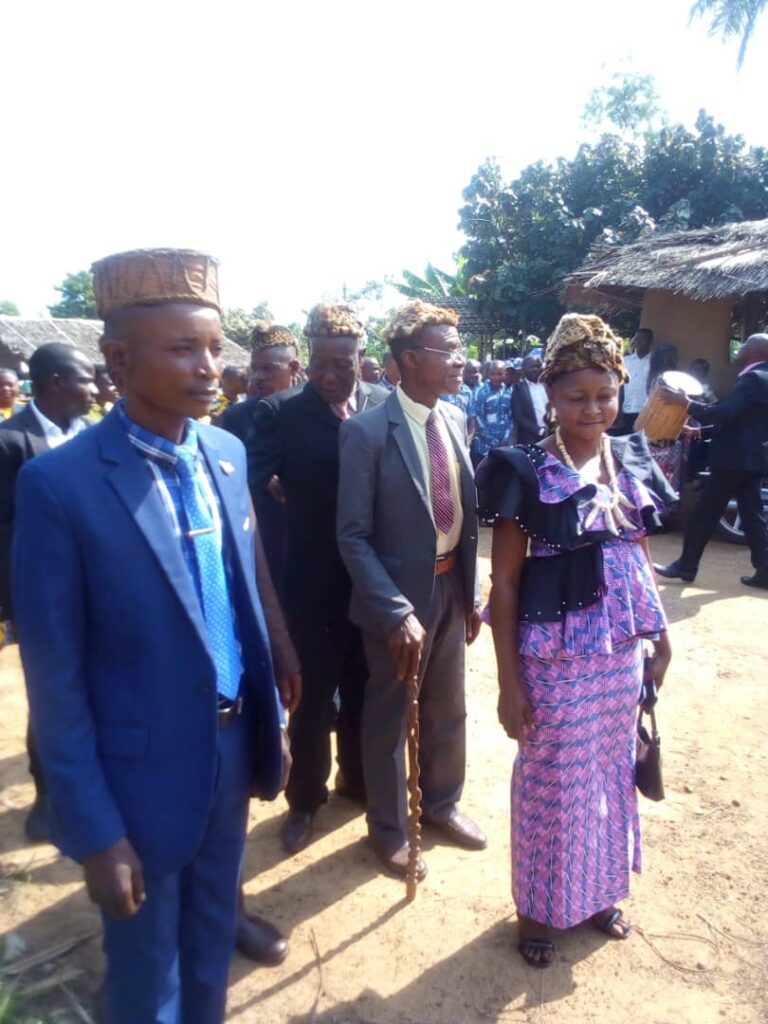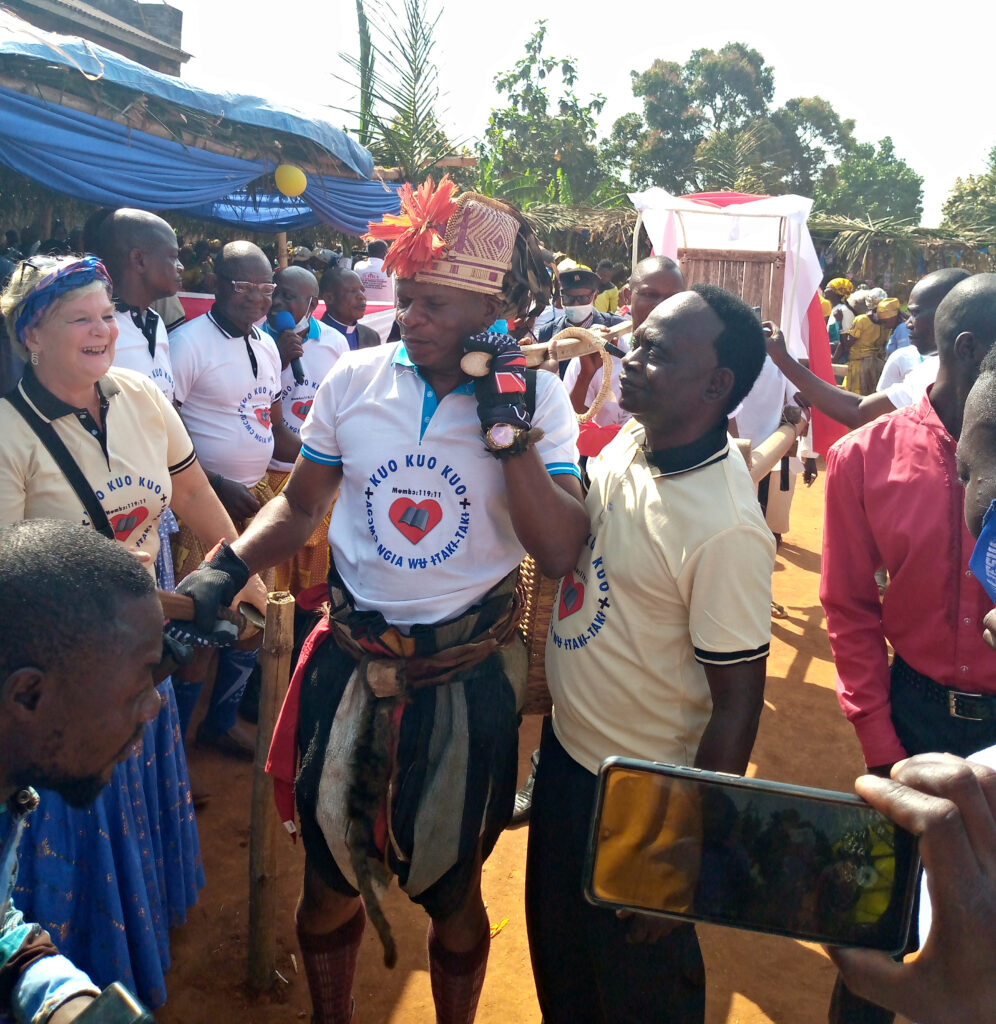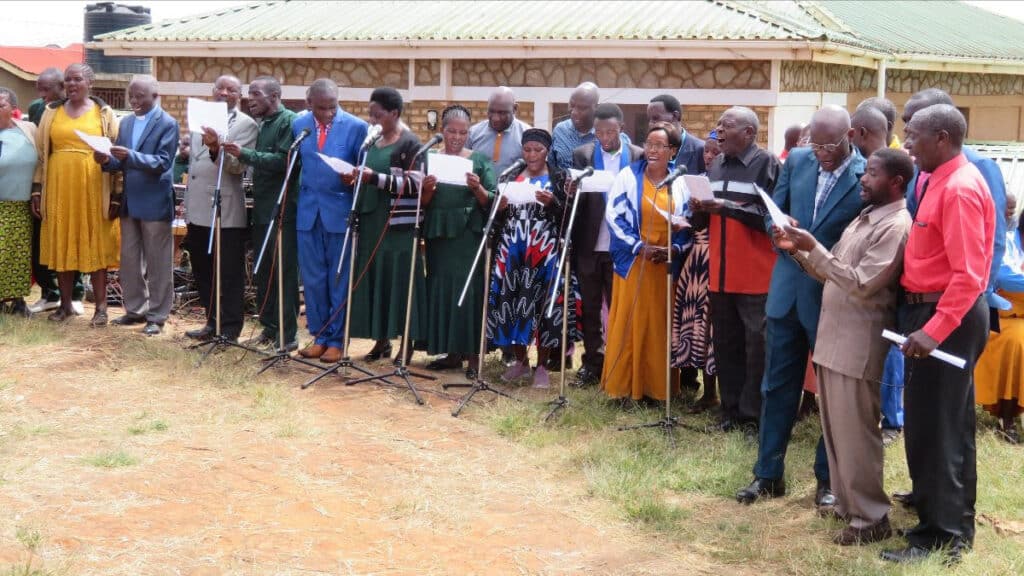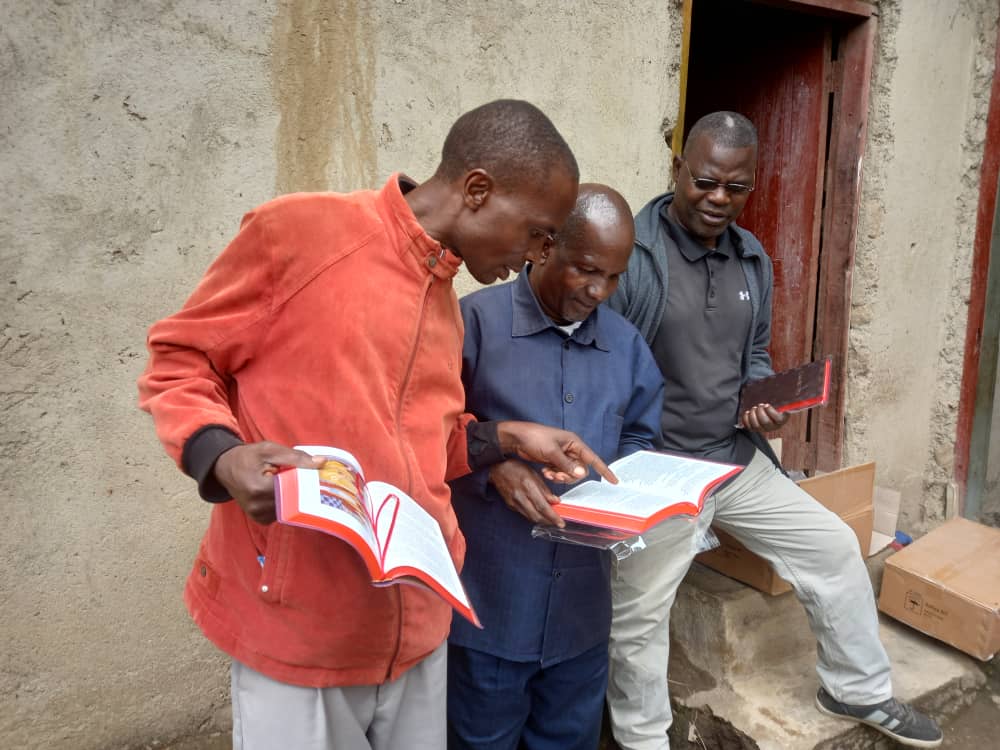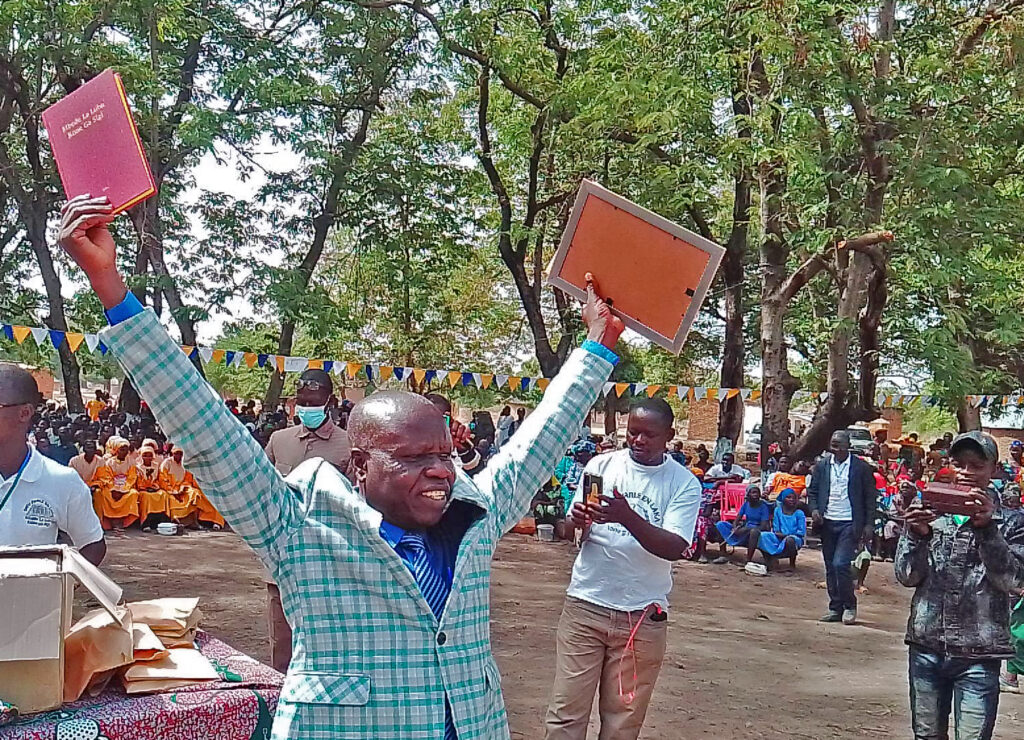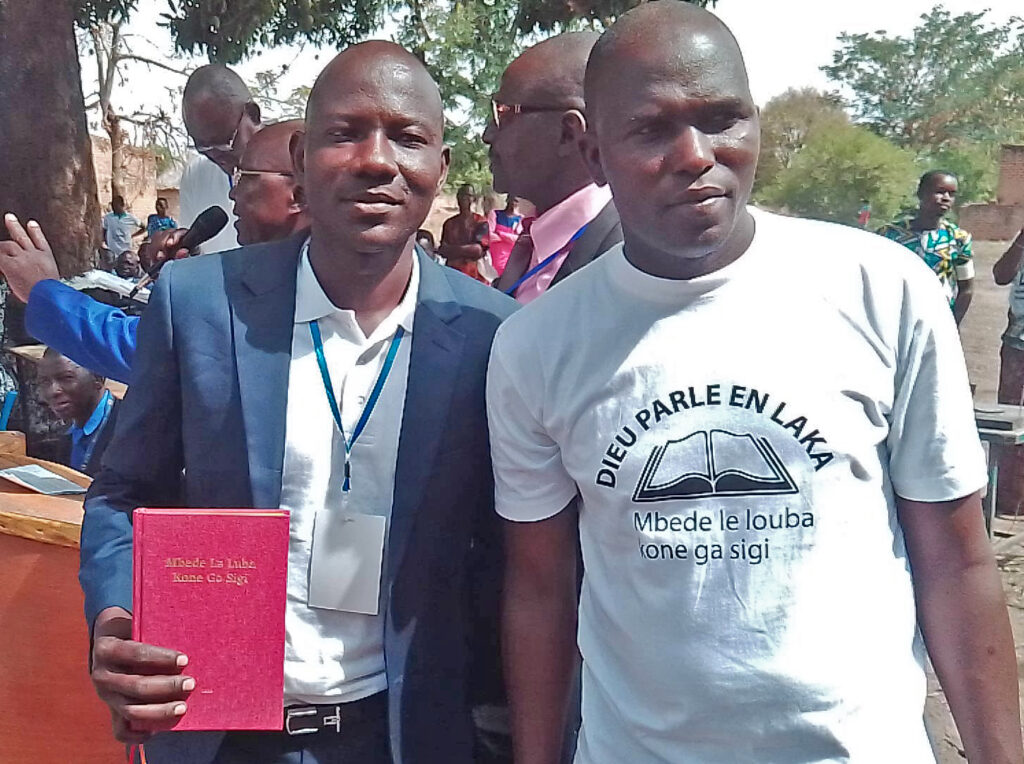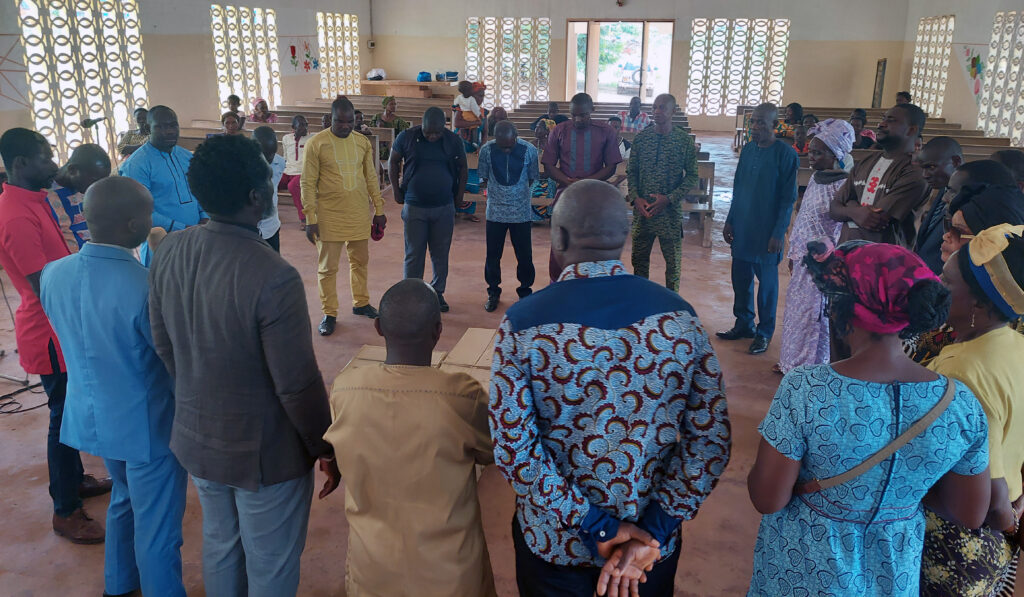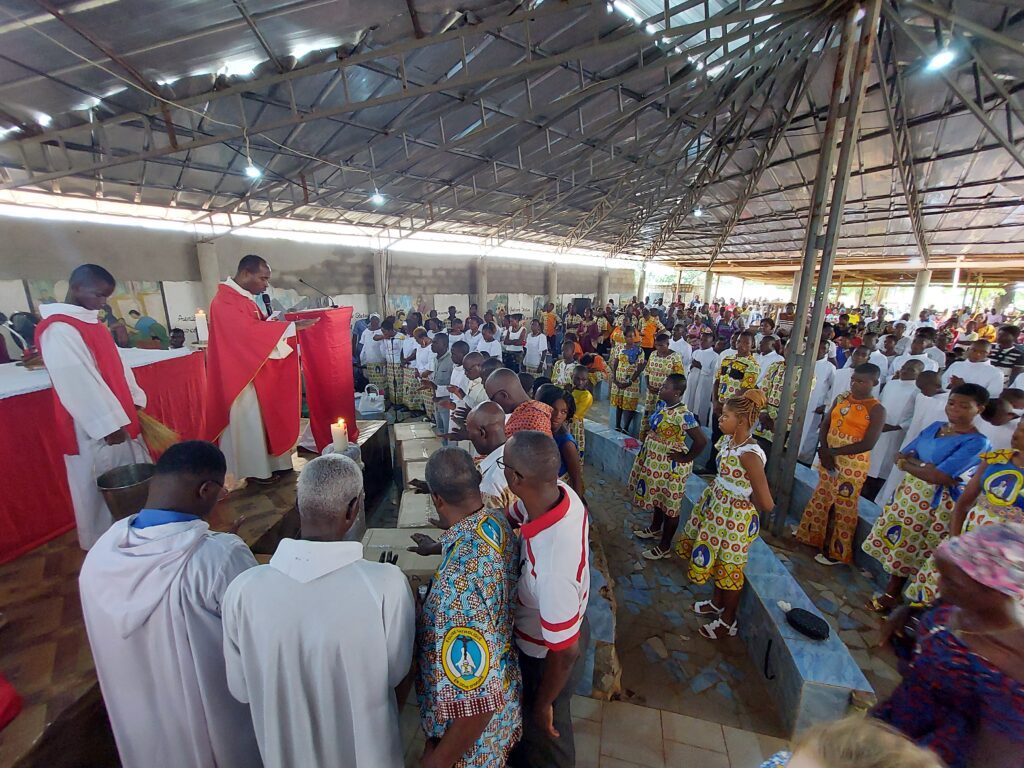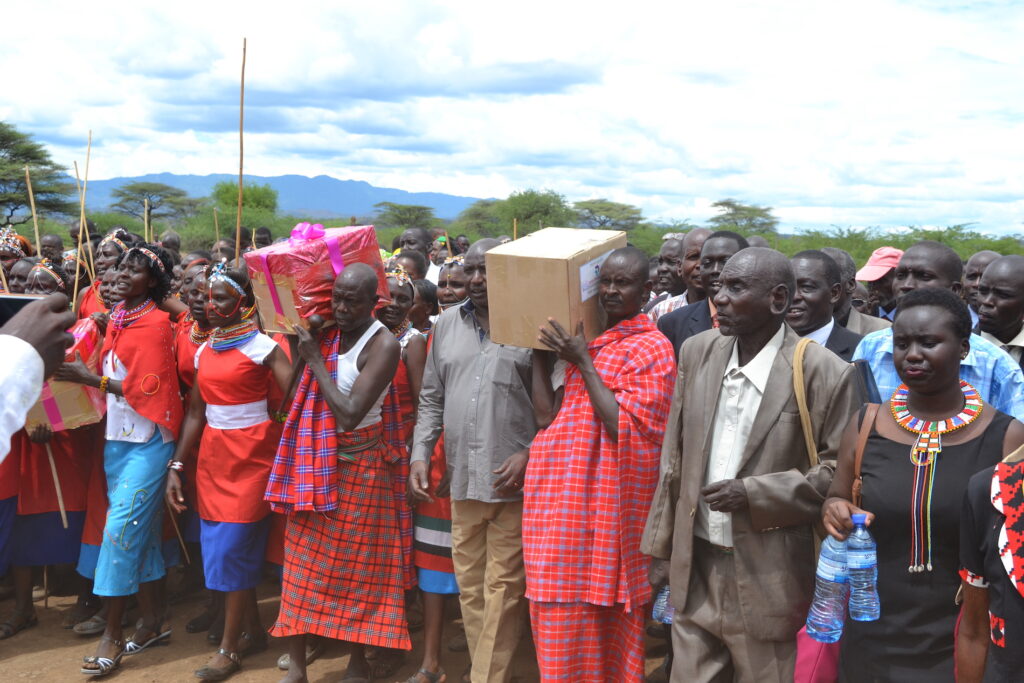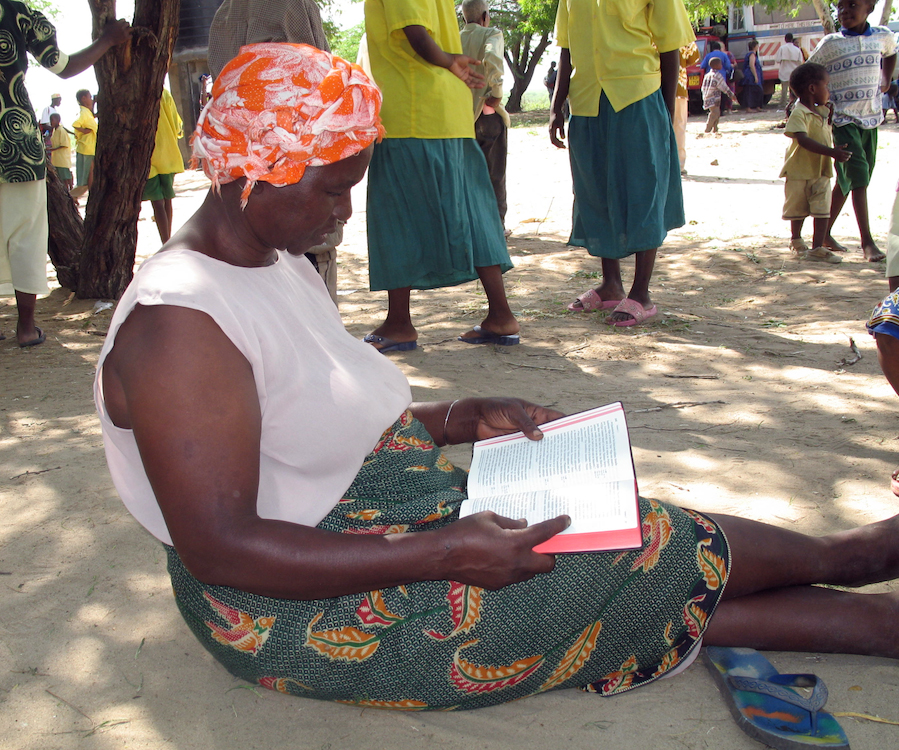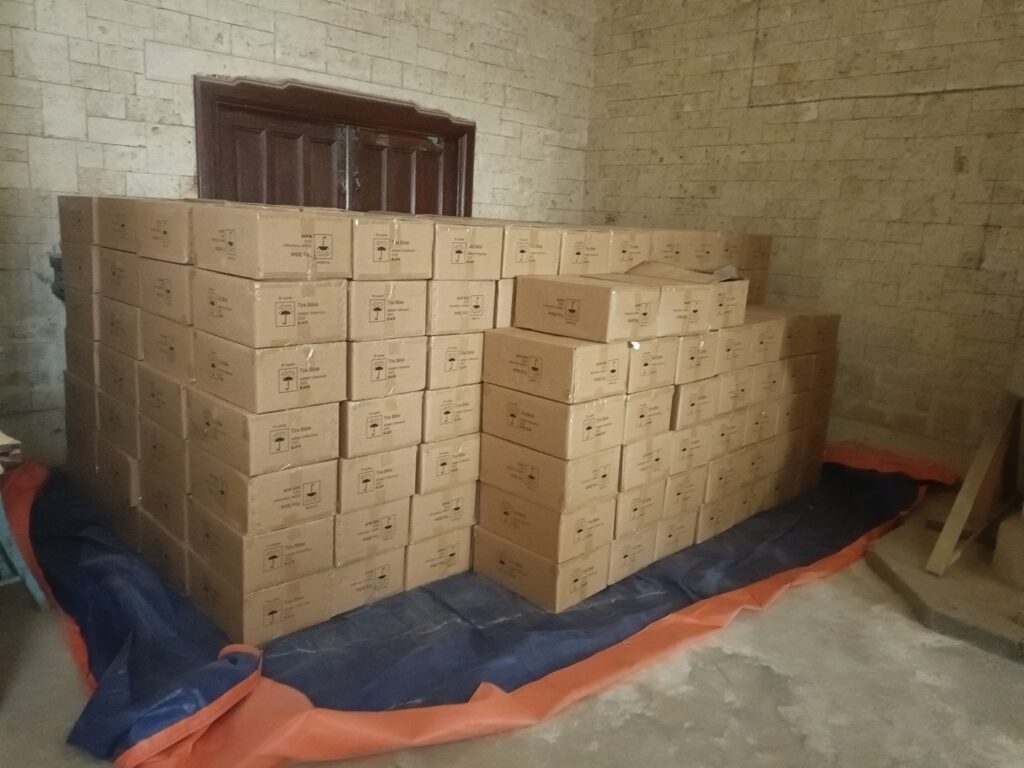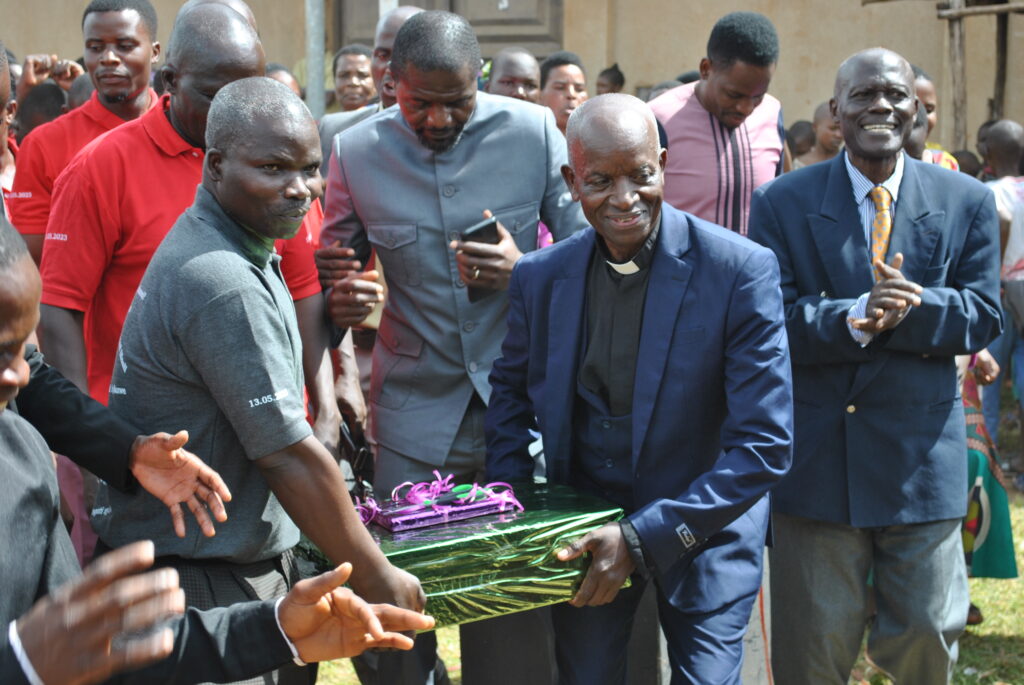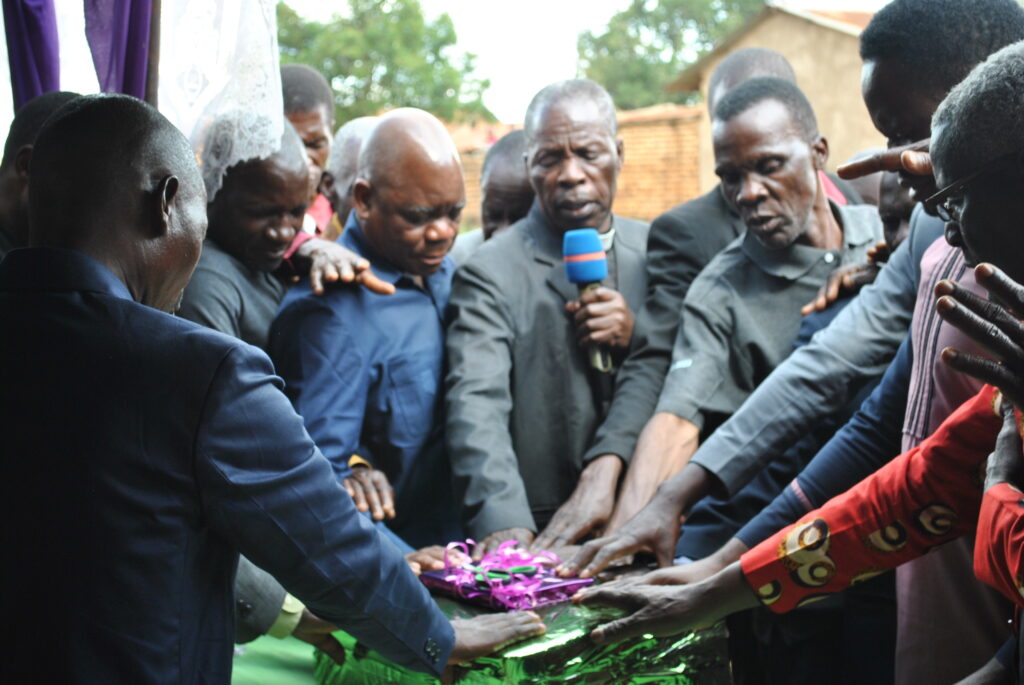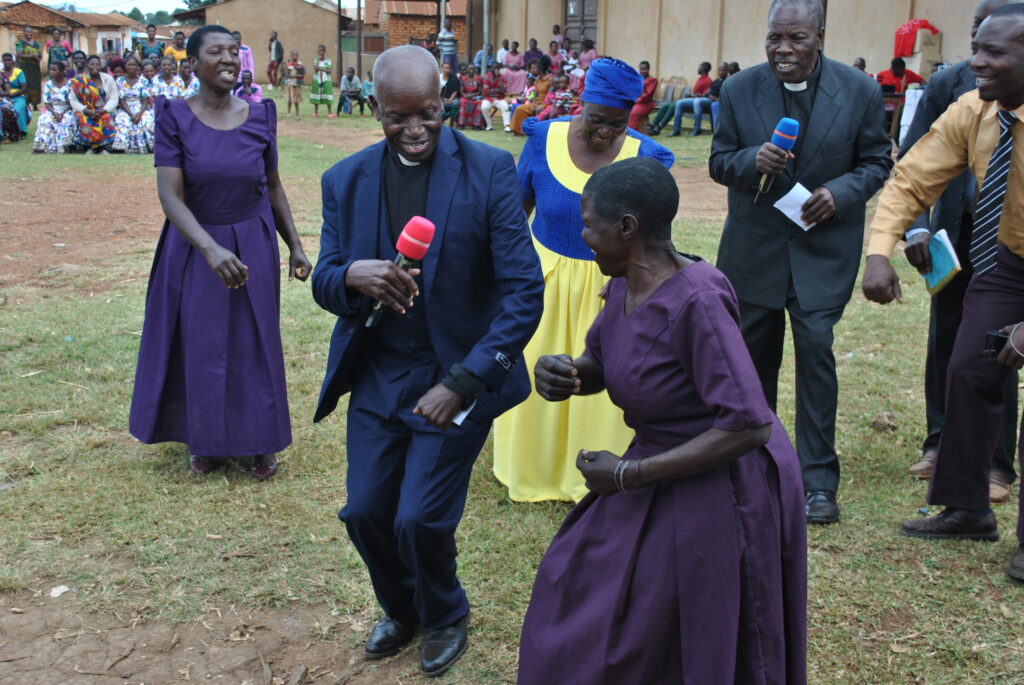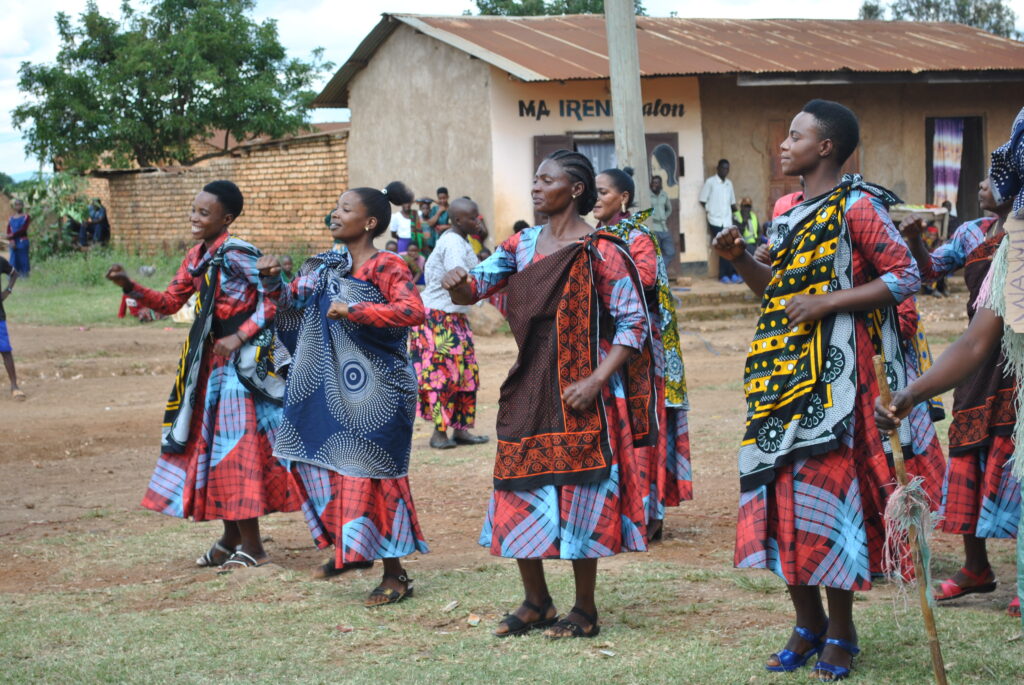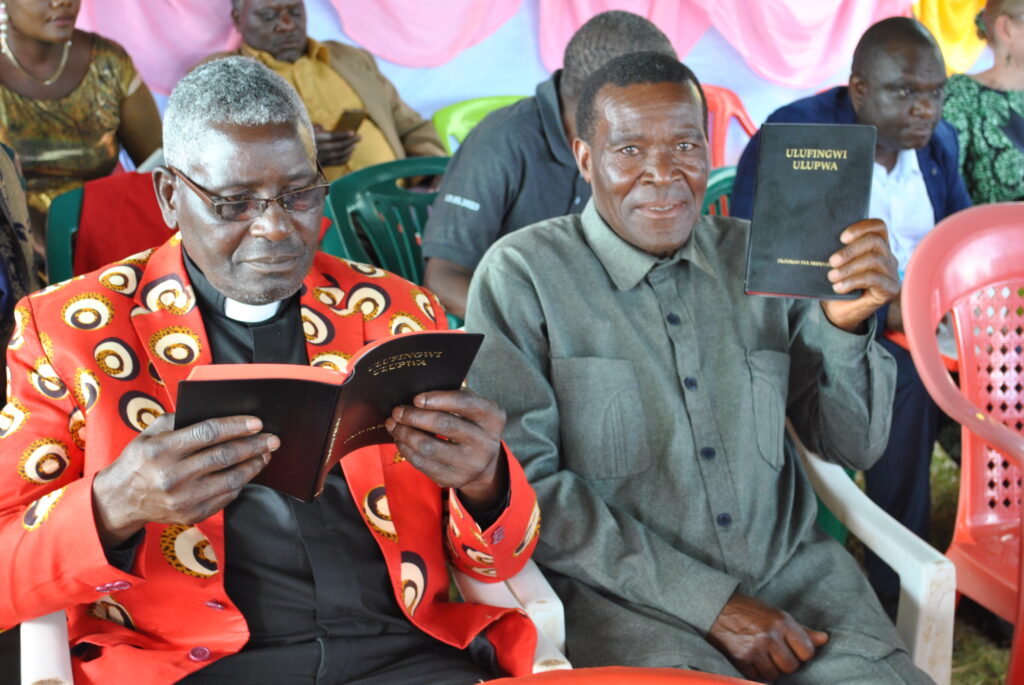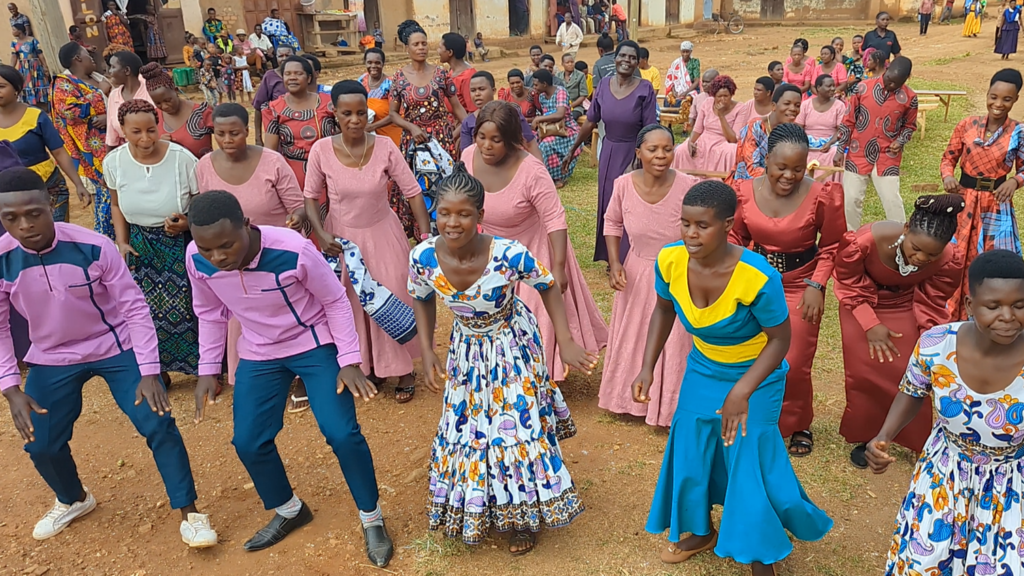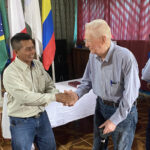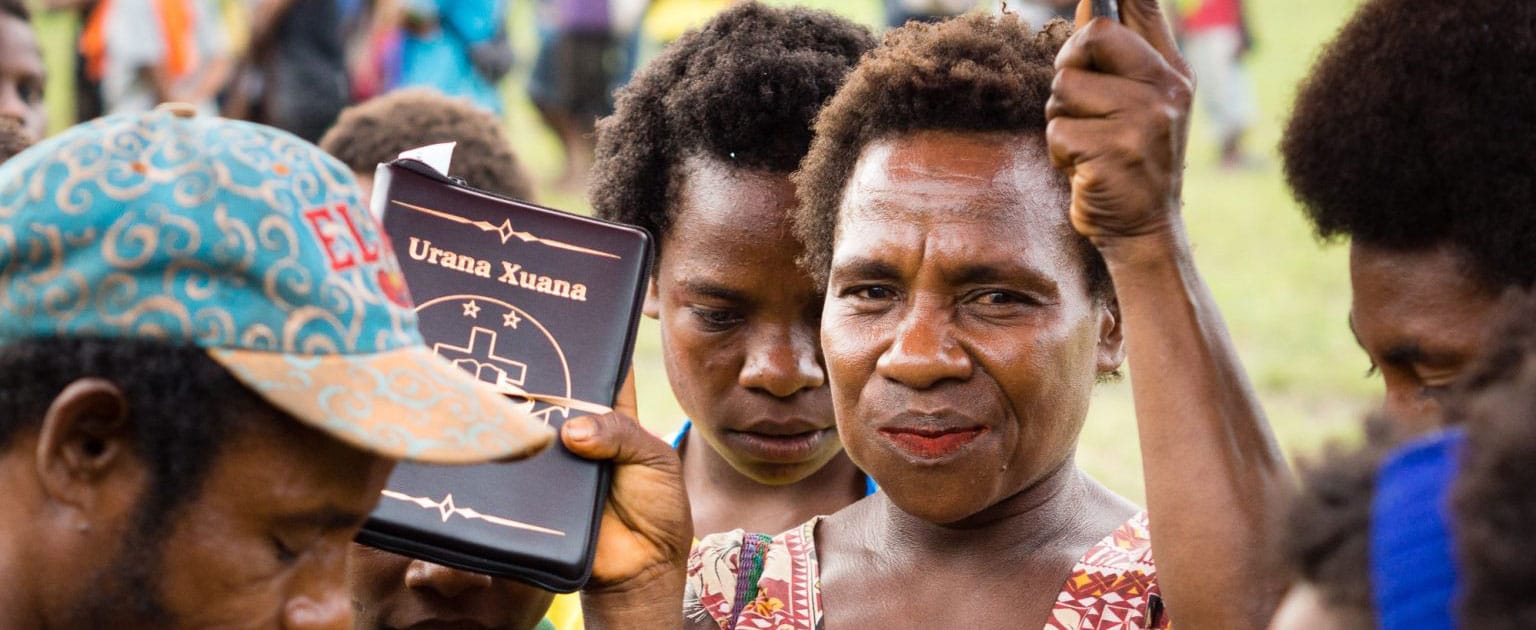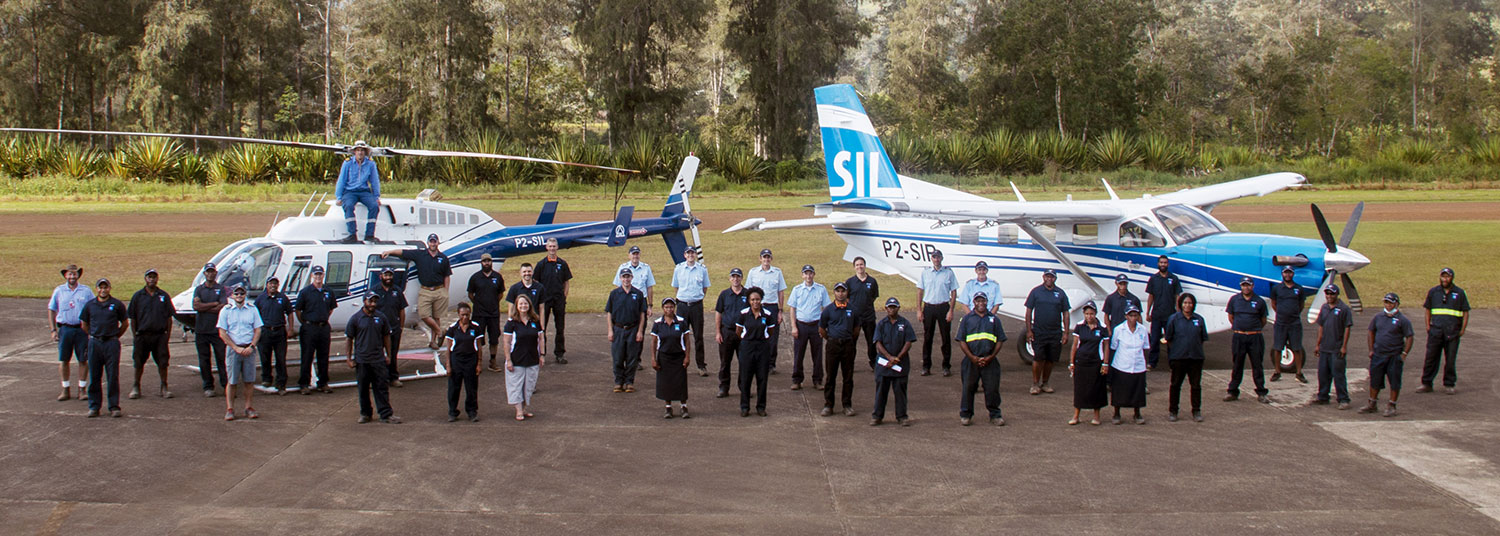JAARS has stepped back from immediate Hurricane Helene relief efforts as professional relief organizations like Samaritan’s Purse move toward long-term aid. Find ways to continue supporting affected areas at the end of this article.
During the week following Hurricane Helene, we saw God’s provision as JAARS mobilized and revived storm-weathered Avery Airport for use as an operational hub during relief efforts in the western North Carolina mountains.
Overall we transported about 230,000 pounds of necessities—such as drinking water, food, and diapers—by ground to disaster relief distribution centers near Avery Airport. We also flew 40,000 pounds of supplies out to sloped, grassy airstrips located around the Spruce Pine community.

Having trained in these very mountains, our JAARS pilots’ familiarity with the Avery County area and its airstrips was valuable as they flew resource delivery missions and reconnaissance and assisted volunteer pilots who were unfamiliar with the area.
JAARS participated in immediate relief efforts with Samaritan’s Purse, Convoy of Hope, Chazak Rescue, and countless generous volunteers from churches, businesses and families. All the while, God moved in the individual lives of JAARS staff, preparing them for the roles they’d play in providing relief.
Establishing Air Efforts
For over 40 years, Avery County residents have generously lent their airways and resources to JAARS for the last week of our Pre-Field Operations (PFO) training, Mountain Week, when pilots prepare for flight conditions overseas.
The Saturday morning after the hurricane hit North Carolina, we were overwhelmed with the desire to give back to our hosts whose homes, roads and buildings had been damaged by the storm.
After JAARS received the green light to work alongside Samaritan’s Purse, JAARS pilot Rachael Stoner flew the first plane into Avery Airport and took part in the first FEMA meeting in the area.
FEMA had ruled out Avery Airport as a relief center, but when they heard JAARS A&P Technician Josh Rauch was already restoring electricity to water and fuel pumps, starting up StarLink and internet, and establishing ham radio and VHF communication, they changed their minds.
“If JAARS is here, we need to lean into them and let them help,” said one meeting member. “They know these mountains; this is where they train. Thank you for being here.”
After the storm, pilots with full loads of supplies needed to navigate toppled wire lines in addition to the unique flight conditions in the mountains.
Thankfully, JAARS pilots have contended with shadowed mountains, changing winds, and shifting mists in Appalachia every June during Mountain Week, so they were well prepared to navigate those challenges.

Locals teamed up with JAARS pilots already familiar with the area, and together they located houses and roads. Because our pilots had already practiced landing on the area’s sloped, unpaved airstips, they were able to land in places others could not.
JAARS instructor pilot Mike Bunn coached volunteer pilots from all over the U.S. on flight maneuvers and provided weather updates. These pilots, who weren’t affiliated with JAARS, often spent their own money and lent their own aircraft for the cause.
That week, JAARS Air Operations along with volunteer aircraft owners and pilots carried approximately 40,000 pounds of supplies to areas that had no access to relief.
Supply Convoys
Before flight operations from Avery Airport could begin, JAARS needed to secure a land route to transport necessities into the airport, so that they could be flown throughout the community. These supplies came from an overwhelming outpouring of resources from residents of Waxhaw and neighboring areas.
It helped that Air Ops personnel like aircraft maintenance instructor Jon Damon, who took part in Mountain Week training, were familiar with the area. After encountering blocked or eroded roads, our Land and Sea Operations team found a path through a mine into the airport and began transporting supplies to Avery.
When there was finally clearance for larger trucks, Damon was tasked with being part of a convoy. At first, it seemed like Damon would be accompanied by two other trucks, but God had something else planned.

“It was an awesome opportunity to see the Lord at work in that,” said Damon. “It ended up being nine trucks with trailer rigs that went up on Tuesday morning. We took literal tons of supplies up in those vehicles.”
Churches, individuals and companies came together at our JAARS Base to lend those trailers, vehicles, drivers and even a mulching truck for this convoy and other trips. A few days later, another convoy, this time made up of 14 trucks, would make the same journey.
Ultimately, ground operations delivered about 230,000 pounds of necessities.
God in The Flight Coordination Room
In addition to JAARS aircraft, nearly 100 different volunteer aircraft per day landed at Avery County Airport, and Brandy Russell, a JAARS flight coordinator, was prepared to provide that crucial guidance.
Weeks prior to the storm, Russell read a book she’d been putting off for years, directing her to a chapter about the author’s work as a pilot during relief work for Hurricane Katrina.
“God’s hand was clearly in the timing of me reading that book,” said Russell.
Because of the book, she was familiar with how the initial phase of the response would unfold and knew what JAARS needed to do.
During the relief effort, Russell created a map that showed the location of needs coming in from JAARS headquarters. She organized the tasking of the helicopter flights to the highest priority regions within the area, constantly updating as she tracked information coming in from the pilots.

Russell also directed people who were picking up and dropping off supplies and coordinated with fire departments, churches, rescue teams and other organizations, all the while maintaining communications with the JAARS leadership in Waxhaw.
“She was a central figure,” said helicopter pilot Jeremiah Diedrich. “The situation was incredibly fluid and adaptive, and she was able to filter a lot of that.”
Helicopter Reconnaissance
Our helicopter pilots had the opportunity to aid Chazak Rescue, a relief organization that sends highly specialized first responder teams into hard-to-reach areas around the world.
Pilots Jeremiah Diedrich and Jeff Johnson performed reconnaissance with our R66 helicopter and aided them in supply and medicine flights. Meanwhile, Chazak set up communications, provided medical aid, and found ground or water transportation routes.
“We were able to fly low enough and slow enough that we could verify the roads,” said Diedrich. “We could see where they were washed out, whether dirt tracks had been made to get past the washouts, and if pickup trucks and supplies were moving.”
The R66 helicopter is small and can land in confined areas. Its turbine engine gives it a significant power margin that allows for heavy loads during flights at 6,000′ altitude. Pilots can also rely on the helicopter in narrow canyons, perform slow power margin maneuvers, and hover at ground effect level.
Our R66 was joined by a Bell 429 helicopter from South Carolina. The aircraft’s owner granted Capitan McIntosh, its pilot, $15,000 worth of flight time, and the owner’s son-in-law, who had family in Avery, joined Captain McIntosh in the cockpit.

The Bell 429 helicopter made six to eight trips out of Avery Airport for three days in a row, carrying supplies to the mountains.
“They just kept their helicopter running the entire time,” said Mike Bunn. “They’d run to the bathroom, get some water, and off they’d go. They were the highest hour flying helicopter in the whole effort. They’re not part of JAARS, but they worked with a smile and served.”
Hurricane Relief vs. Work Overseas
The part JAARS played in initial Helene relief has come to a close, but our mission to use aircraft, boats, and off-road vehicles to train mission workers and relay God’s Word, translators and supplies to mission teams across geographical barriers is far from over.
“Thankfully, over the last week, with the relief efforts that we’ve seen, [Avery County’s] roads are opening up,” said Rachael Stoner. “They are reached now, but overseas, still those roads don’t exist. There are plenty of places around the middle of the planet, which we call the green band, where those roads probably will never exist just because of the terrain and the type of mountains and rivers that exist there.”
That lack of dependable roads is the reason JAARS is dedicated to providing resources and training for safe and timely air, land and sea transportation in these areas.
It’s why the same Land and Sea Operations team who sent supply convoys to Avery County equips mission partners in places like Papua New Guinea and Cameroon with motorcycles, 4WD vehicles, boats, and crucial safety training and equipment.
It’s also why mission pilots train with JAARS to gain crucial skills necessary for their teams’ work overseas. There, mountains tower higher and grassy landing strips are shorter and steeper than those we use to train in western North Carolina.
Prayer and Support
JAARS did not provide immediate relief in a vacuum. We worked with Samaritan’s Purse, Convoy of Hope, and many other organizations practiced in relief efforts, and we relied on the outpouring of donations from our community.
“It’s the body of Christ coming together,” said Caleb, our aviation mechanic Fellow.
While JAARS has wrapped up initial immediate relief efforts, Samaritan’s Purse is providing longer-term aid all over western North Carolina.
“Praying for our brothers and sisters in North Carolina is going to be an ongoing thing,” said Rachael Stoner. “We have the professional relief organizations stepping in, the people that are going to come in alongside Western North Carolina as they rebuild their homes, their roads, their infrastructure.
“It’s important that we continue to remember who they are. They are us. We need to kneel and beg before God for his comfort over these next few months as they grieve the loss of their family members, their colleagues, their homes, their communities and their beautiful mountains.”
We ask you to direct your relief support to Samaritan’s Purse and join us in praying for the people of western North Carolina.



